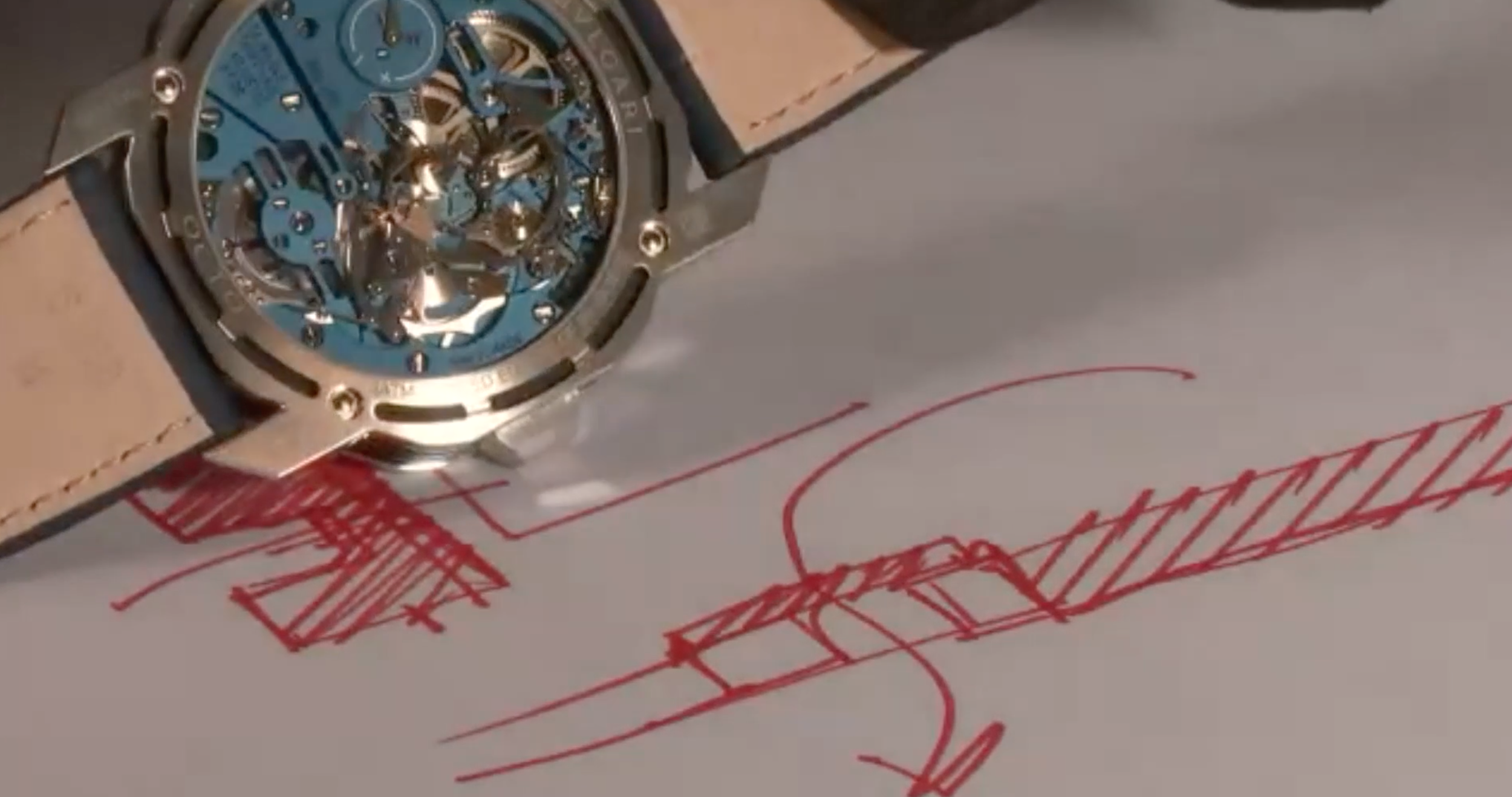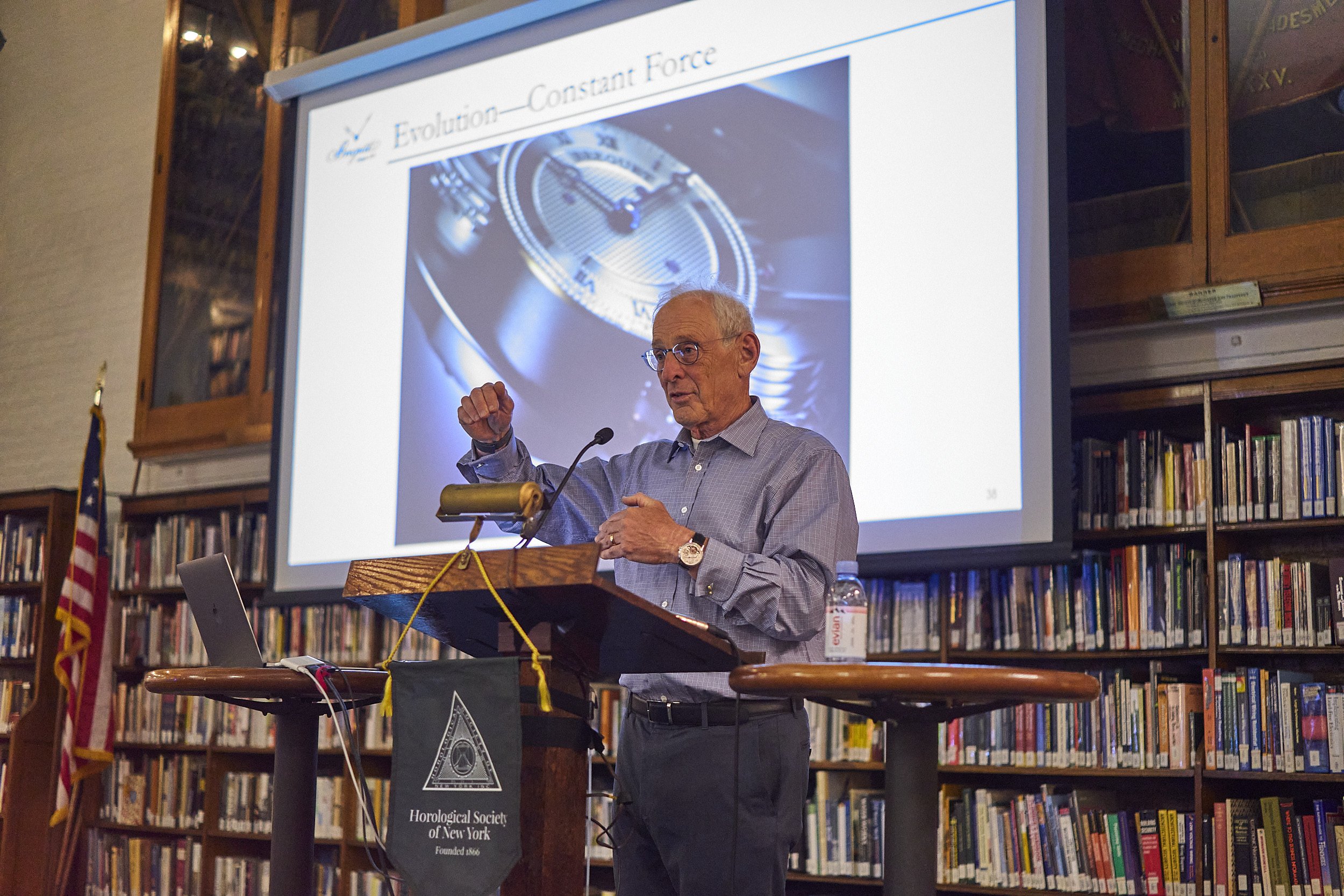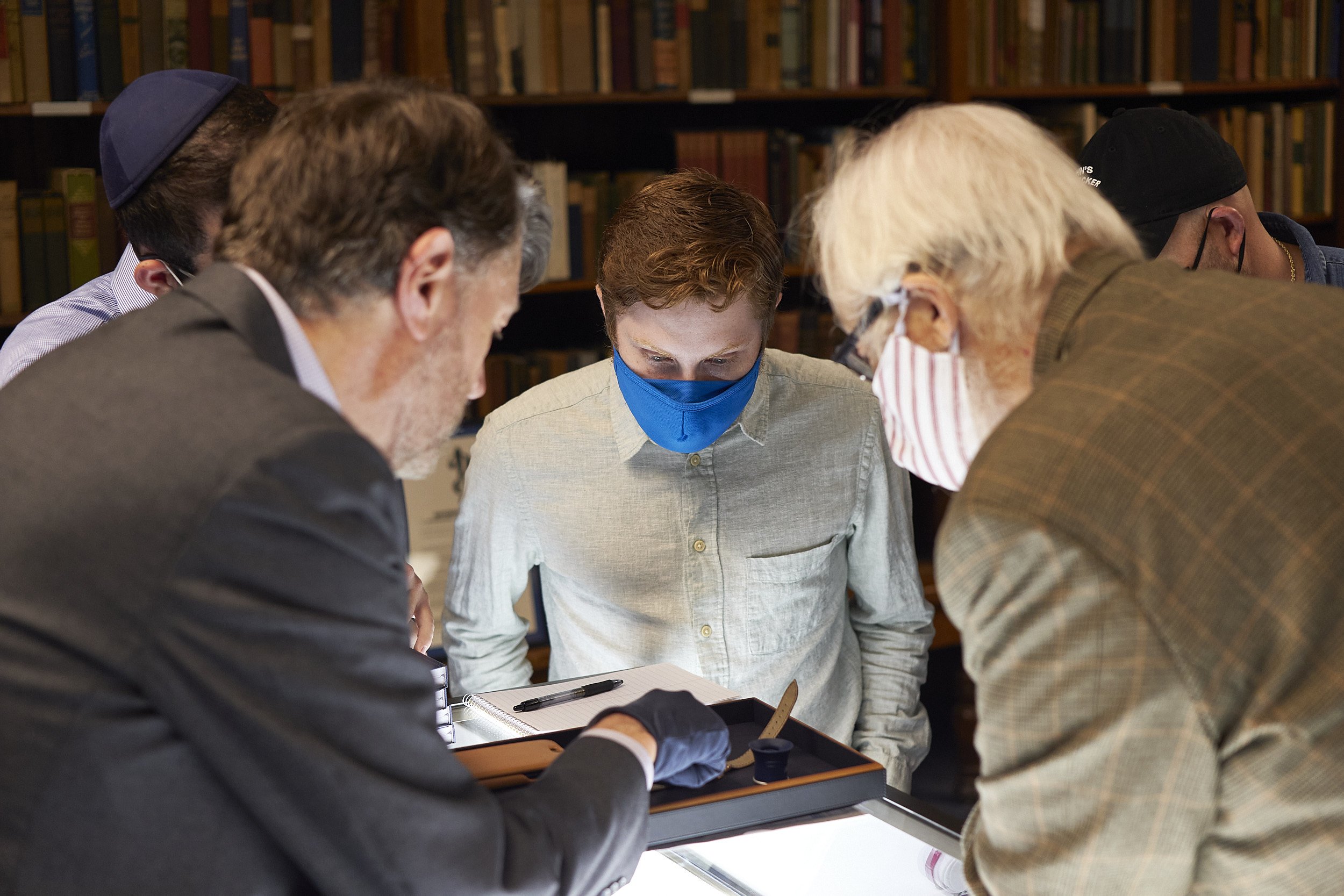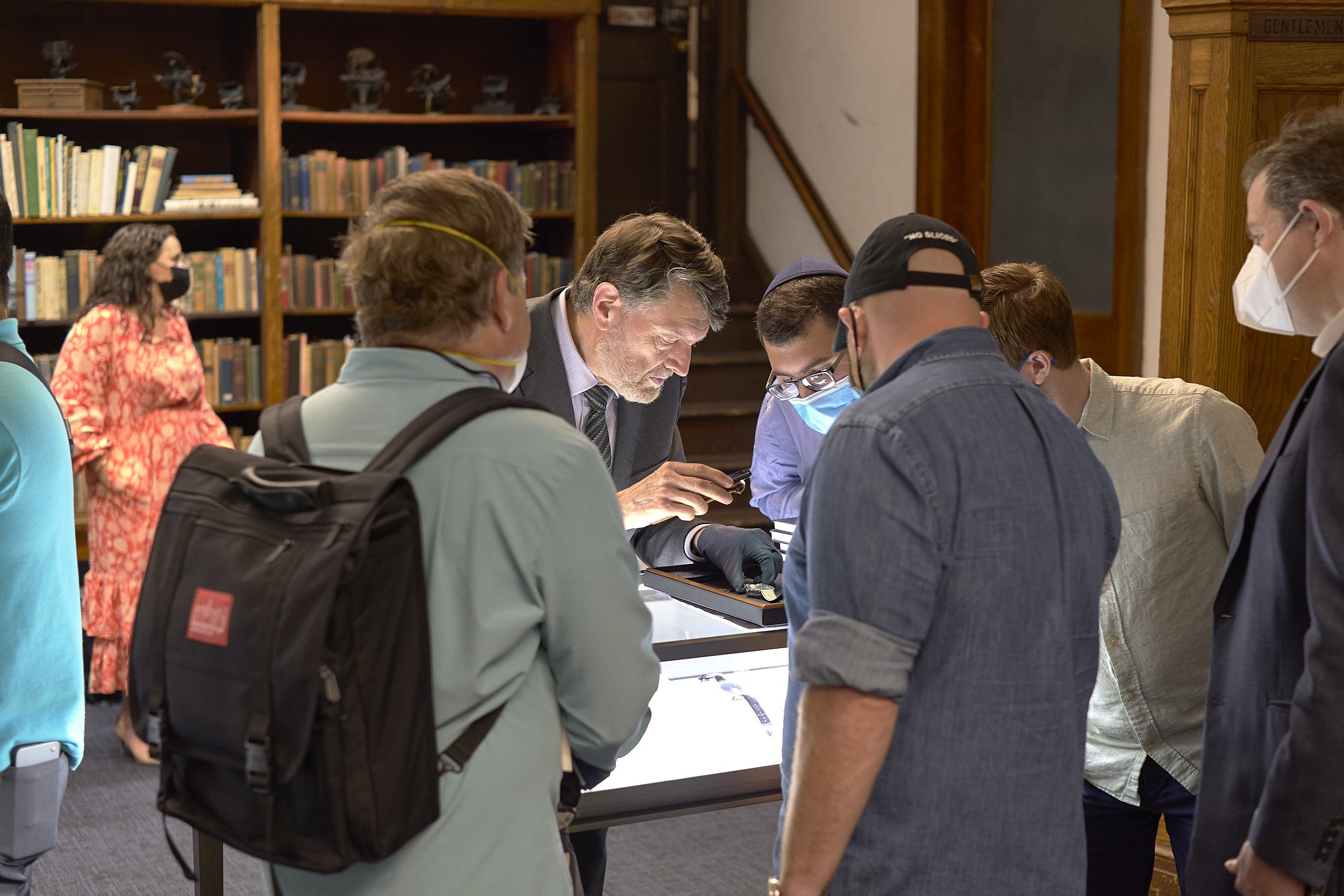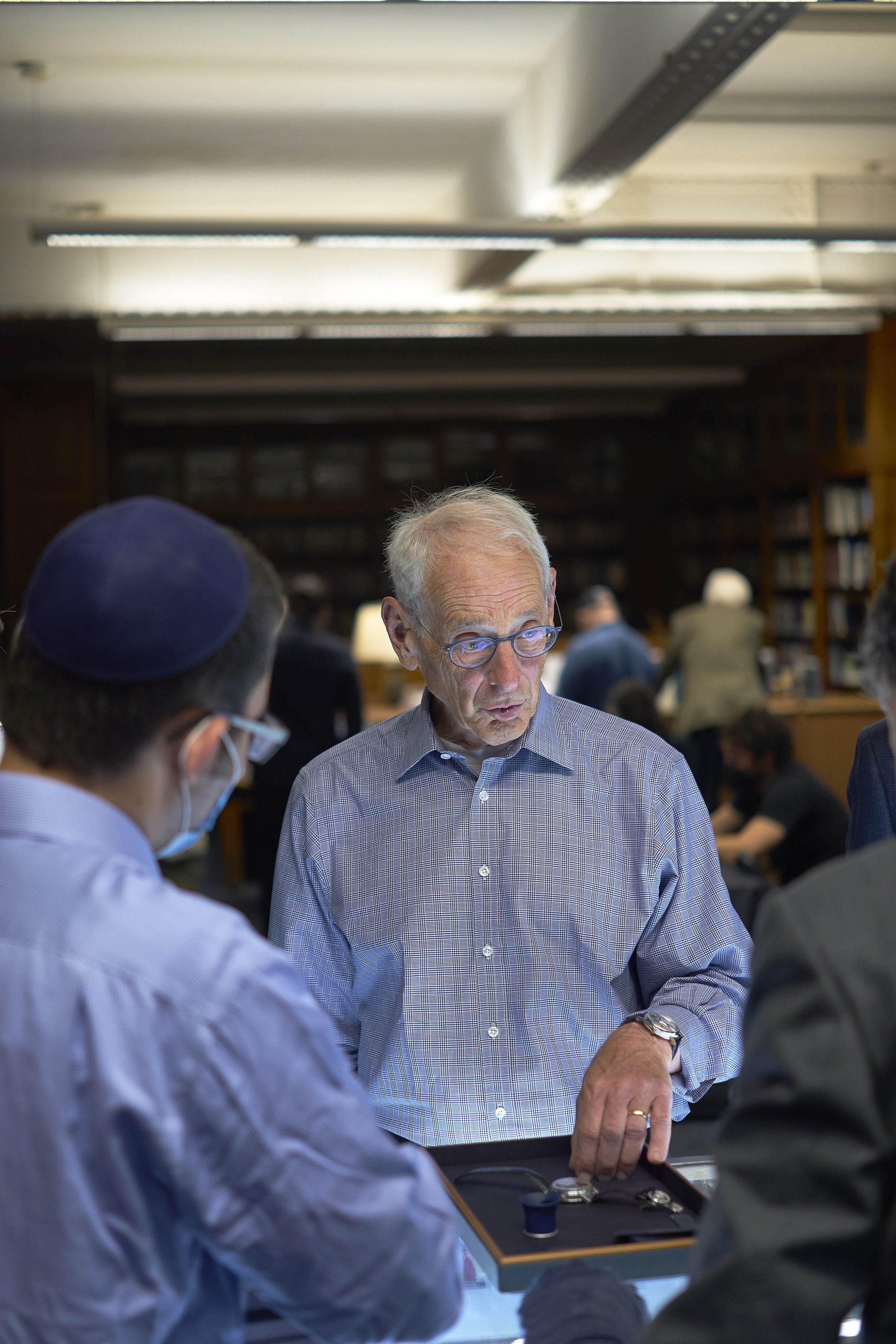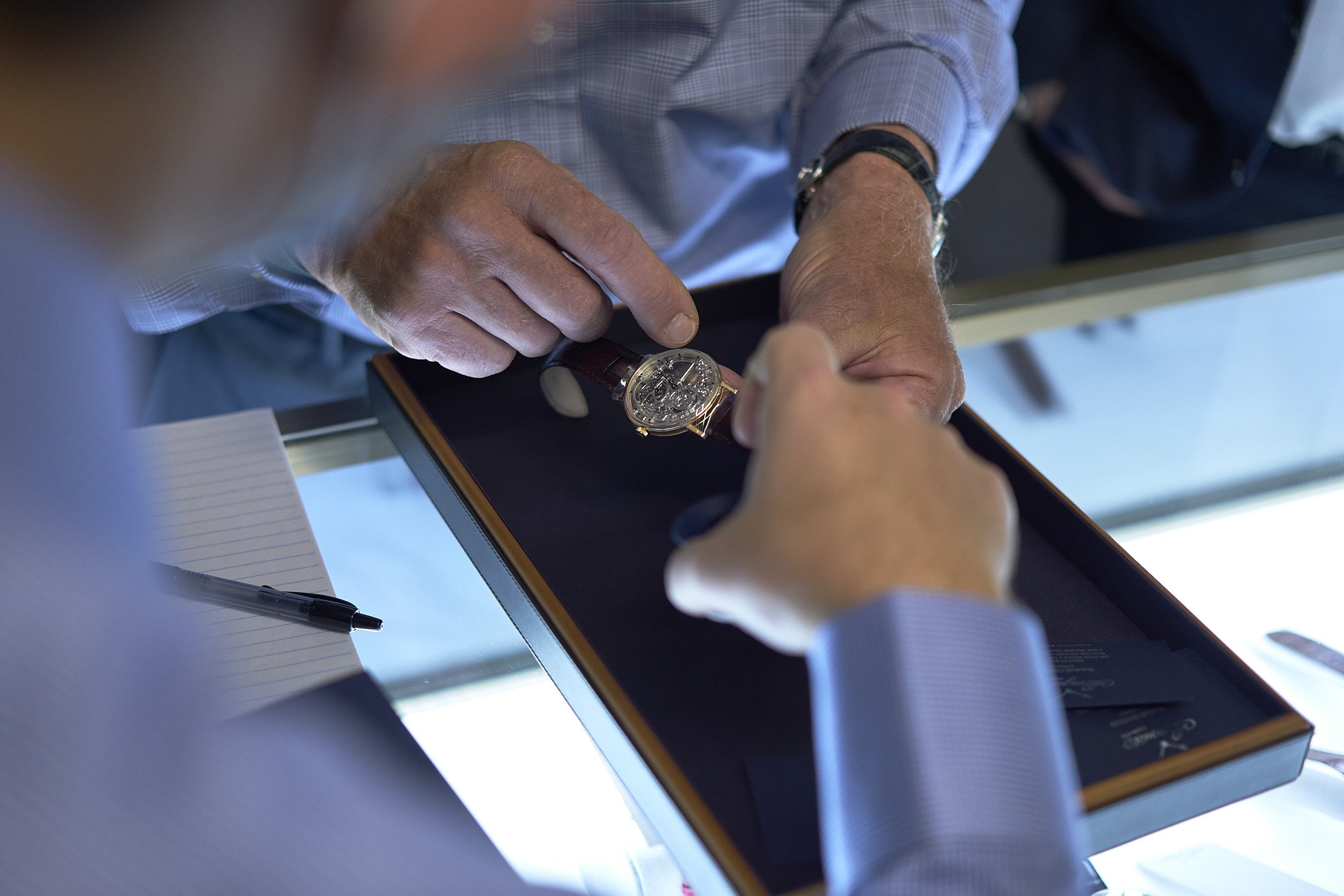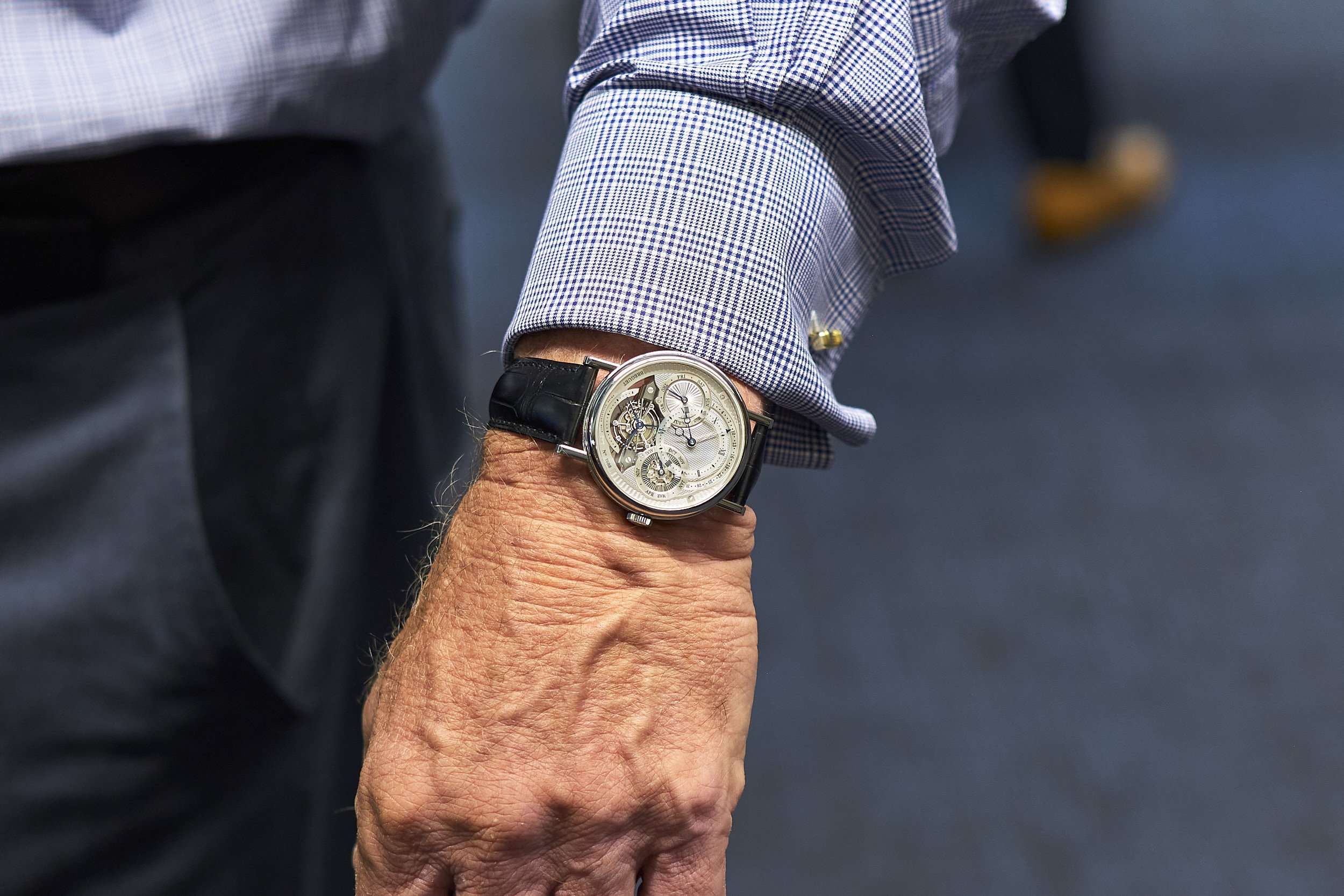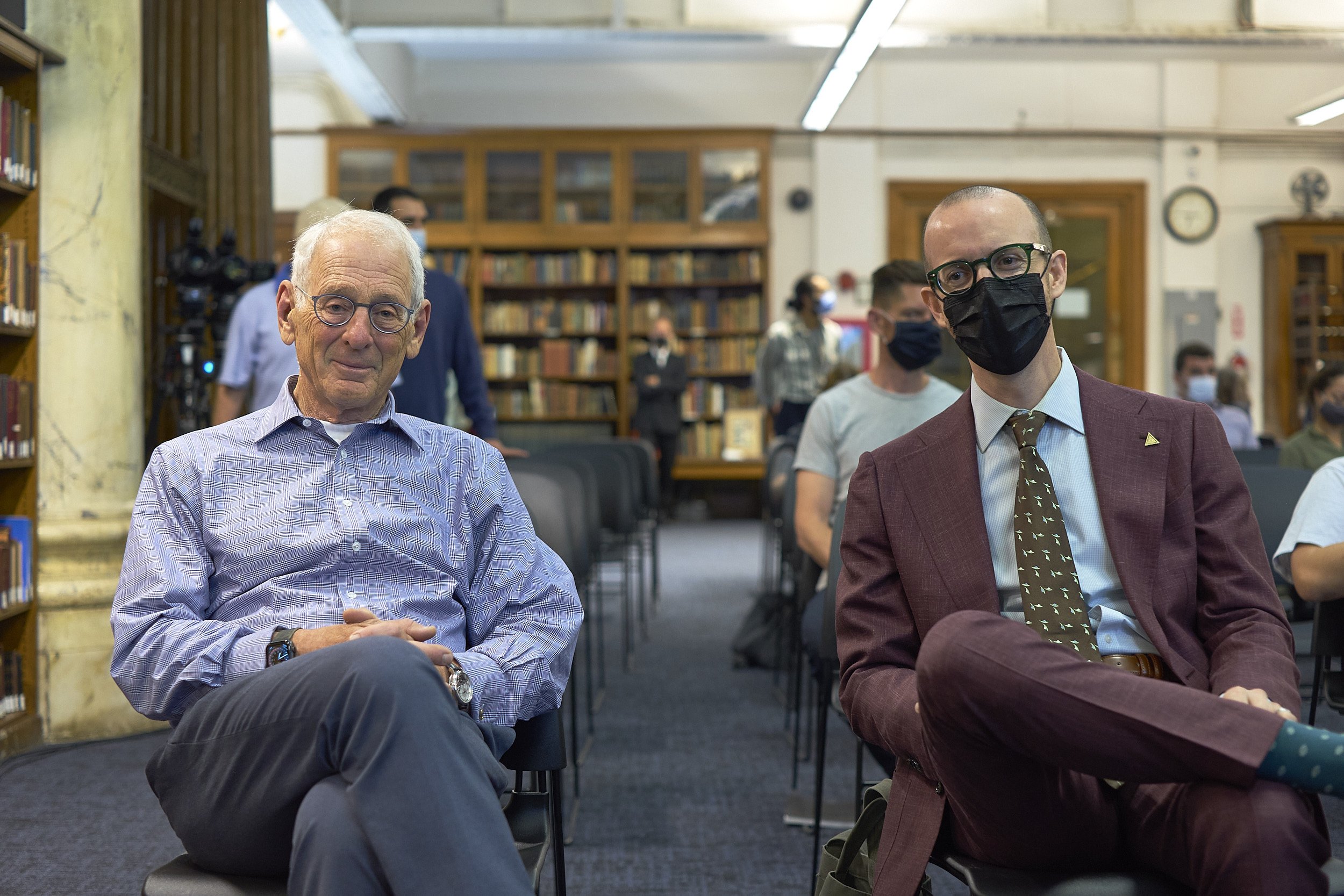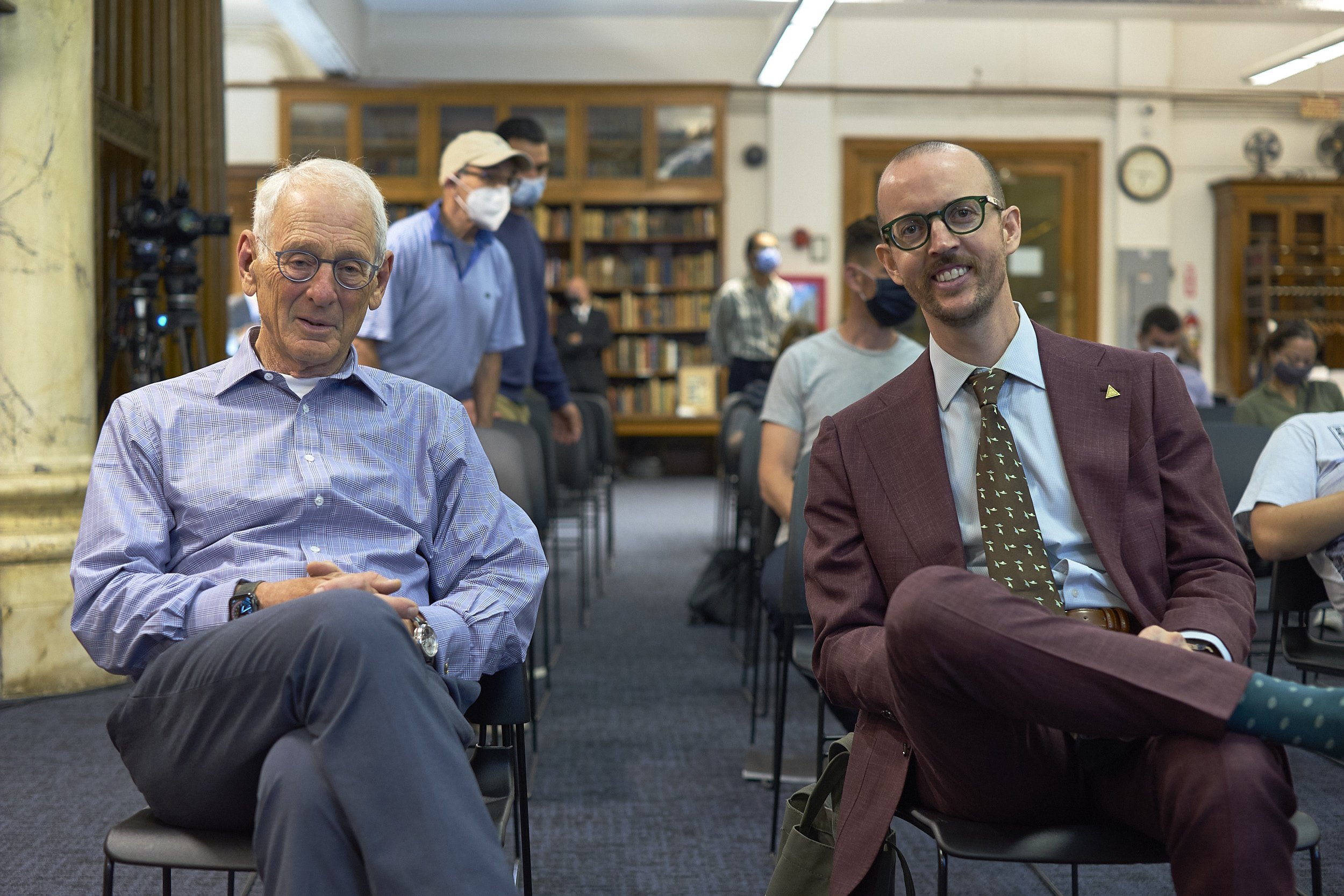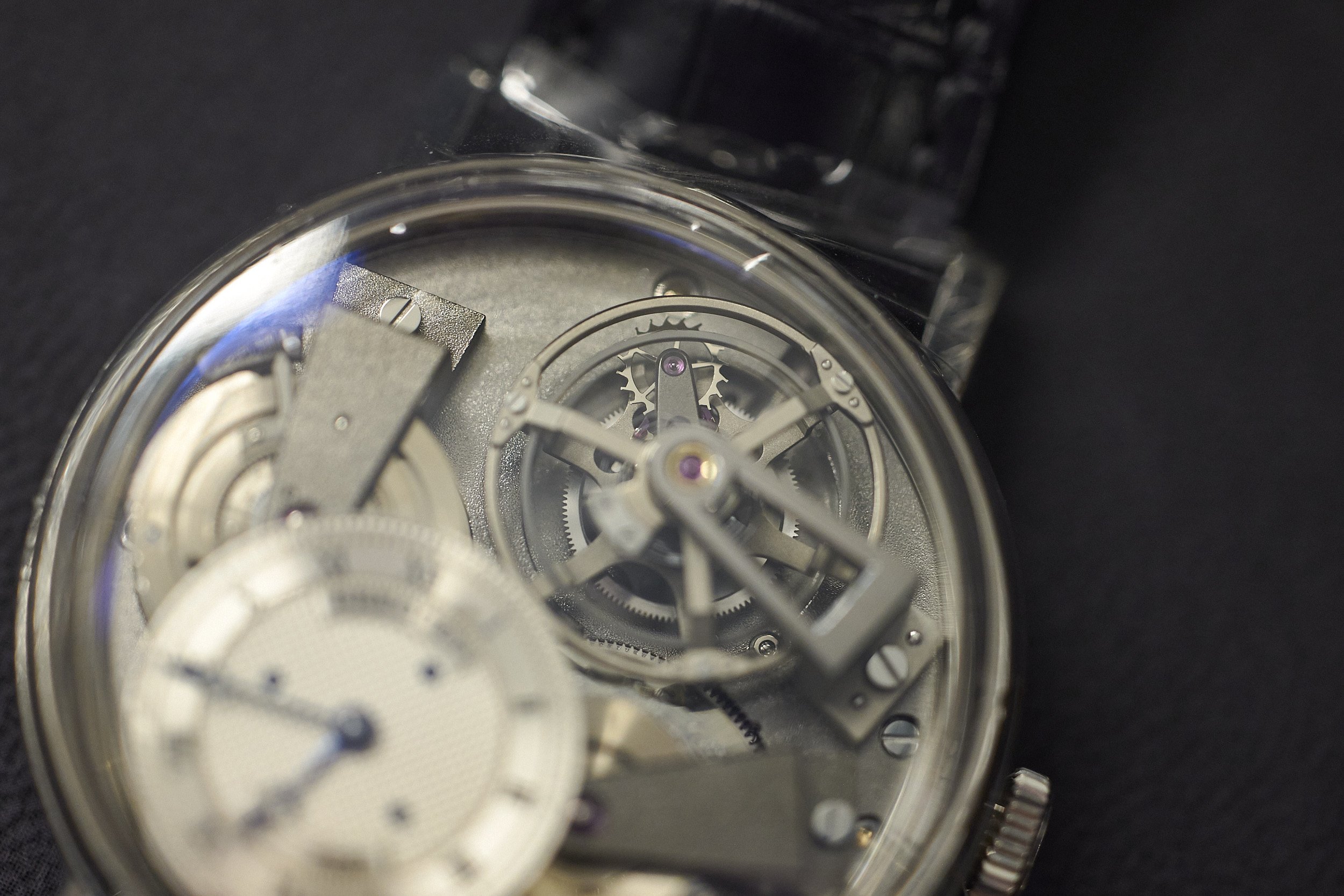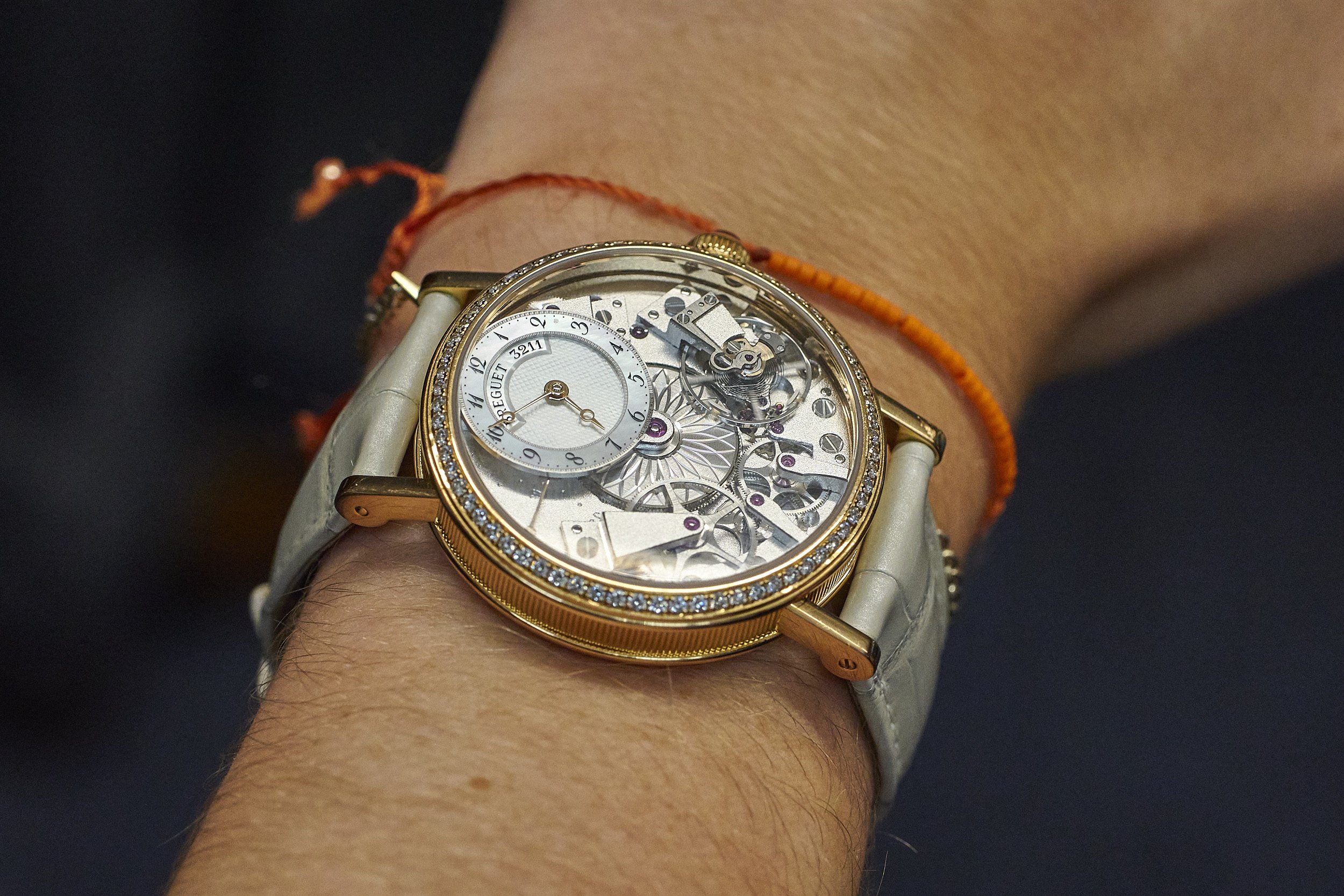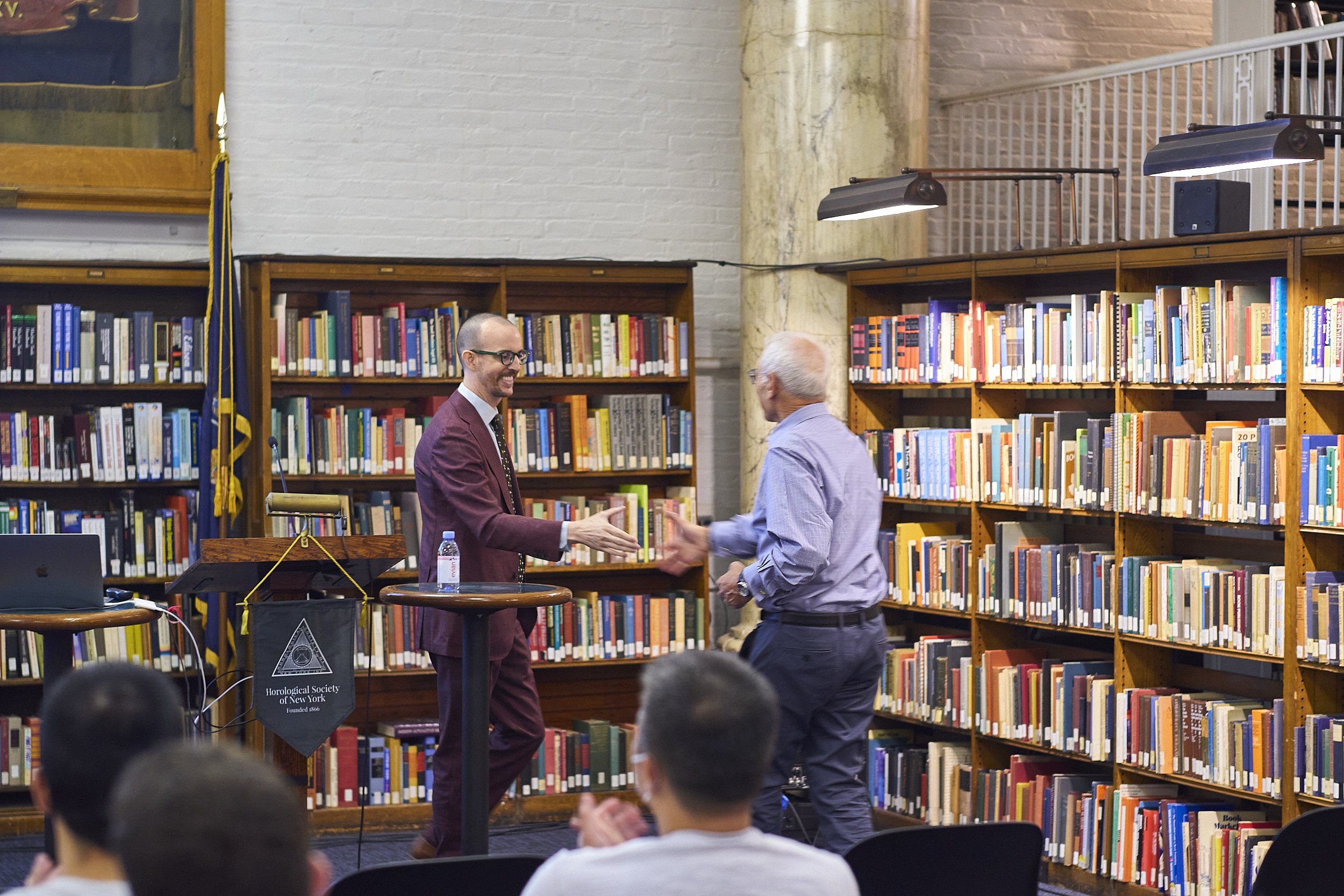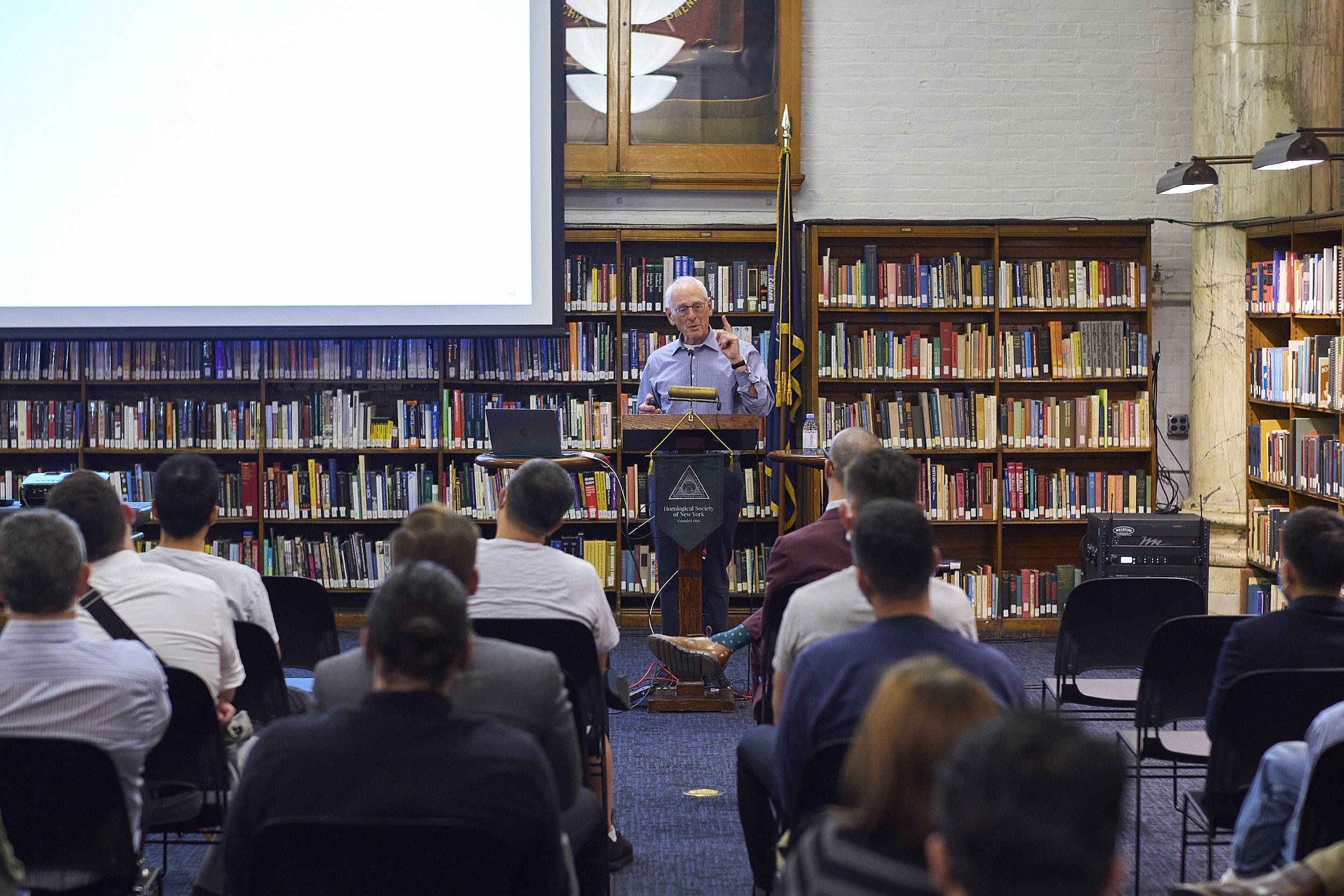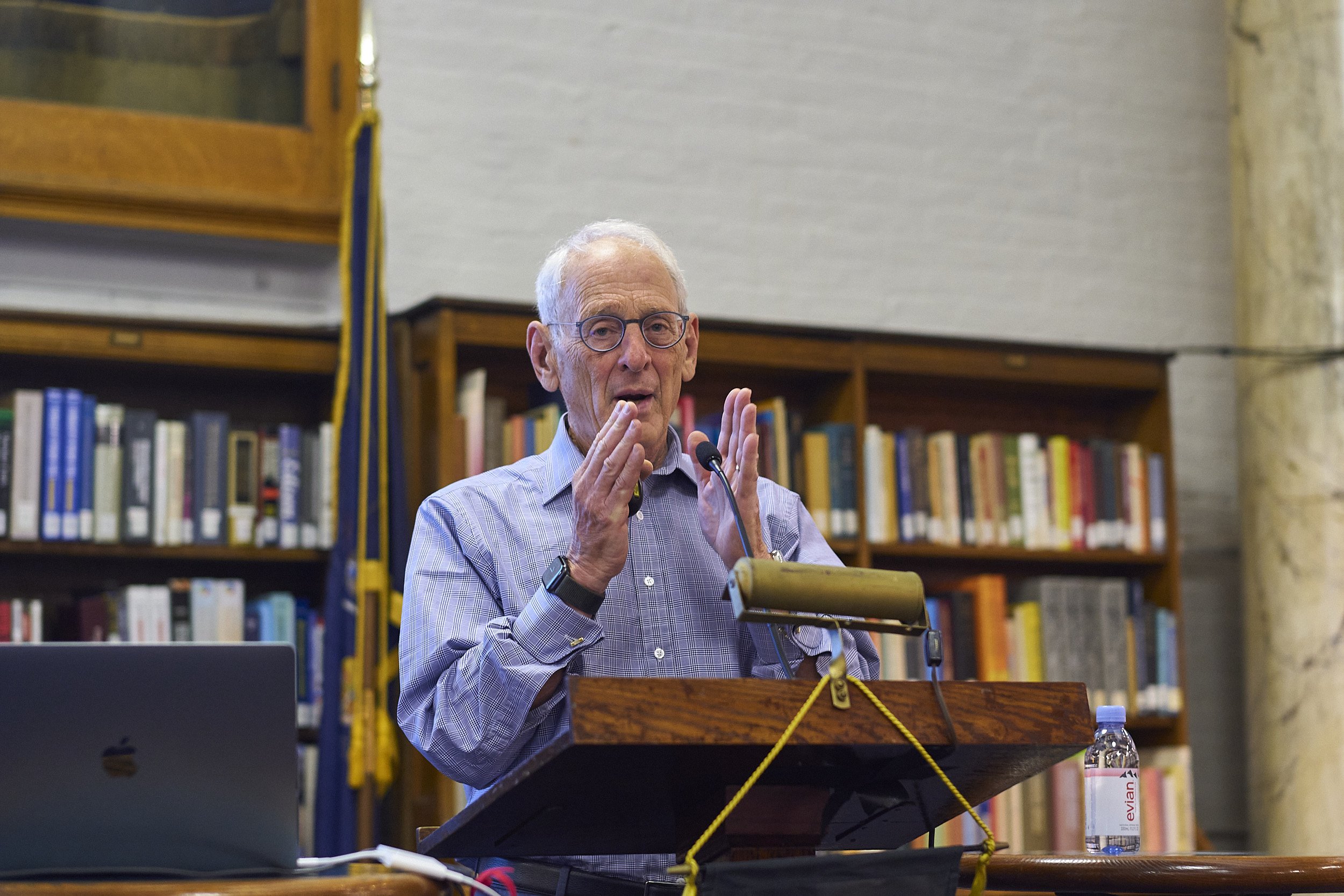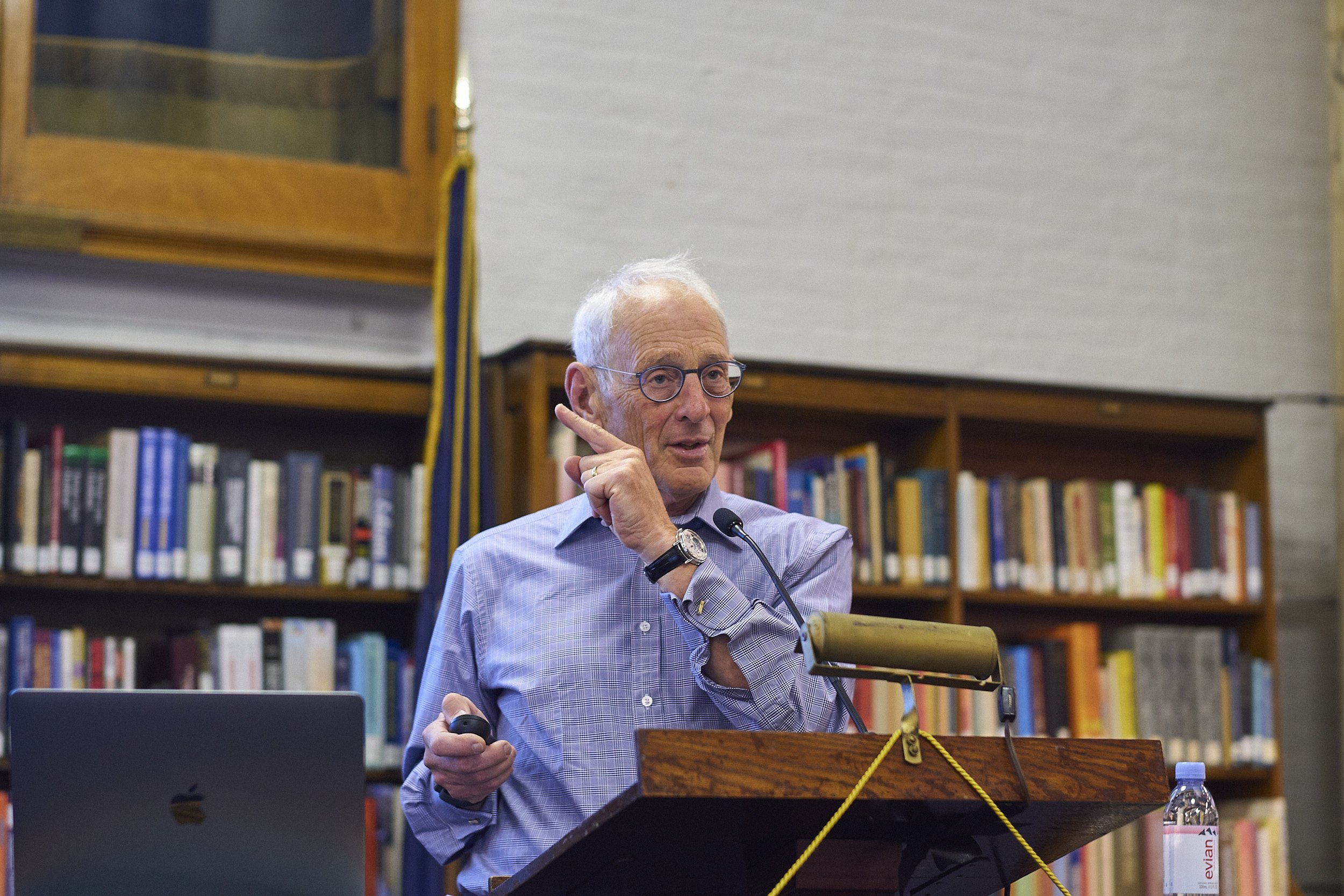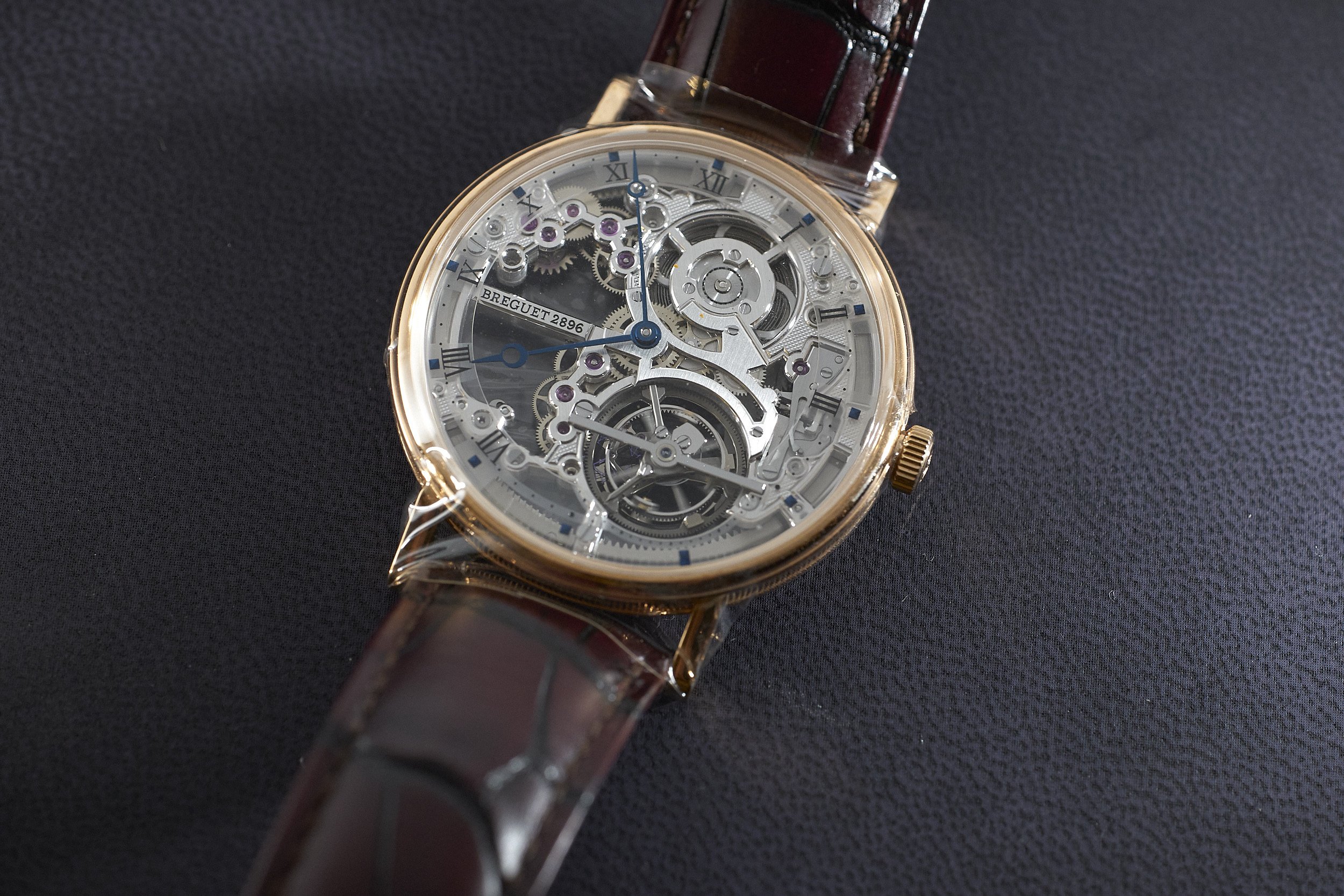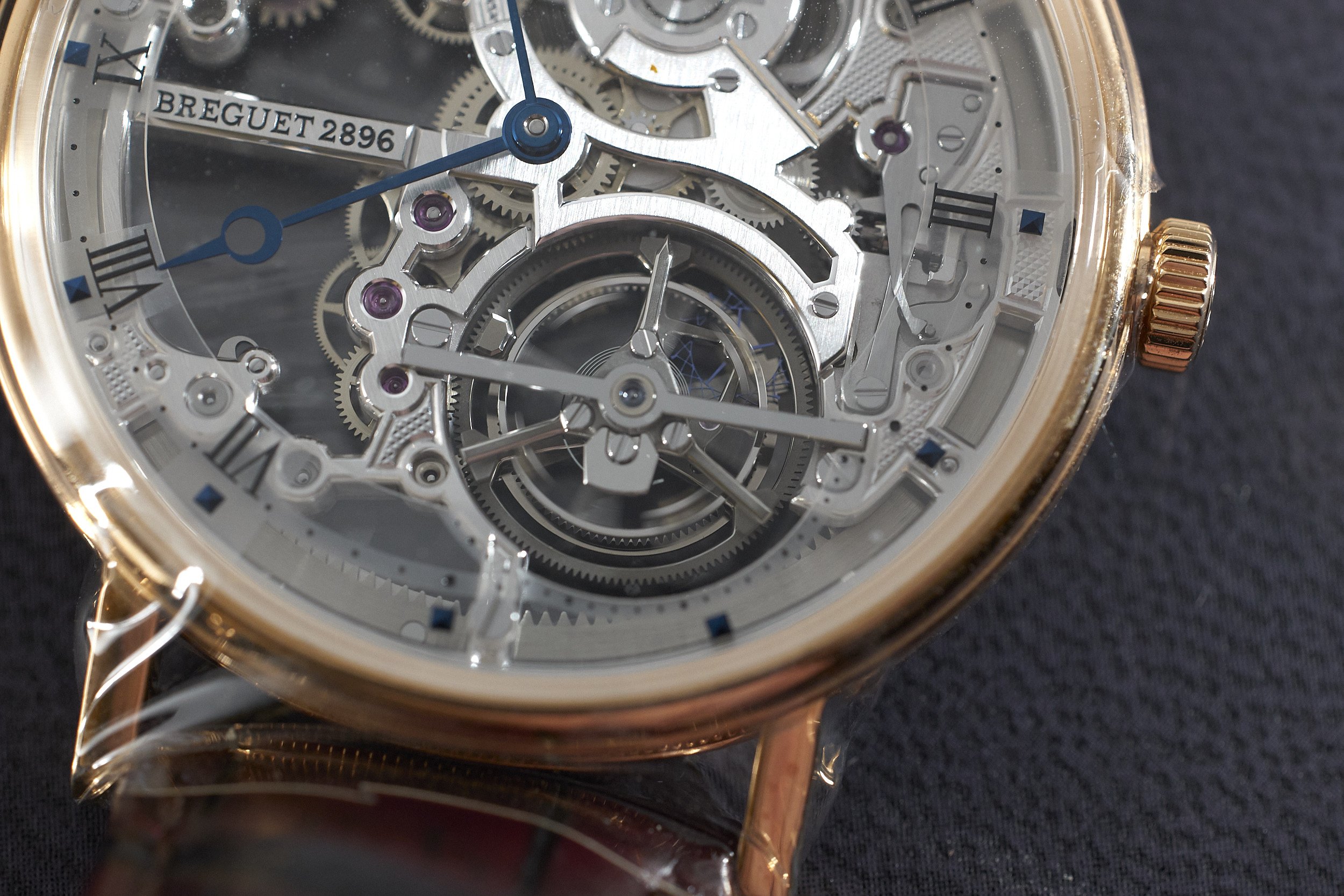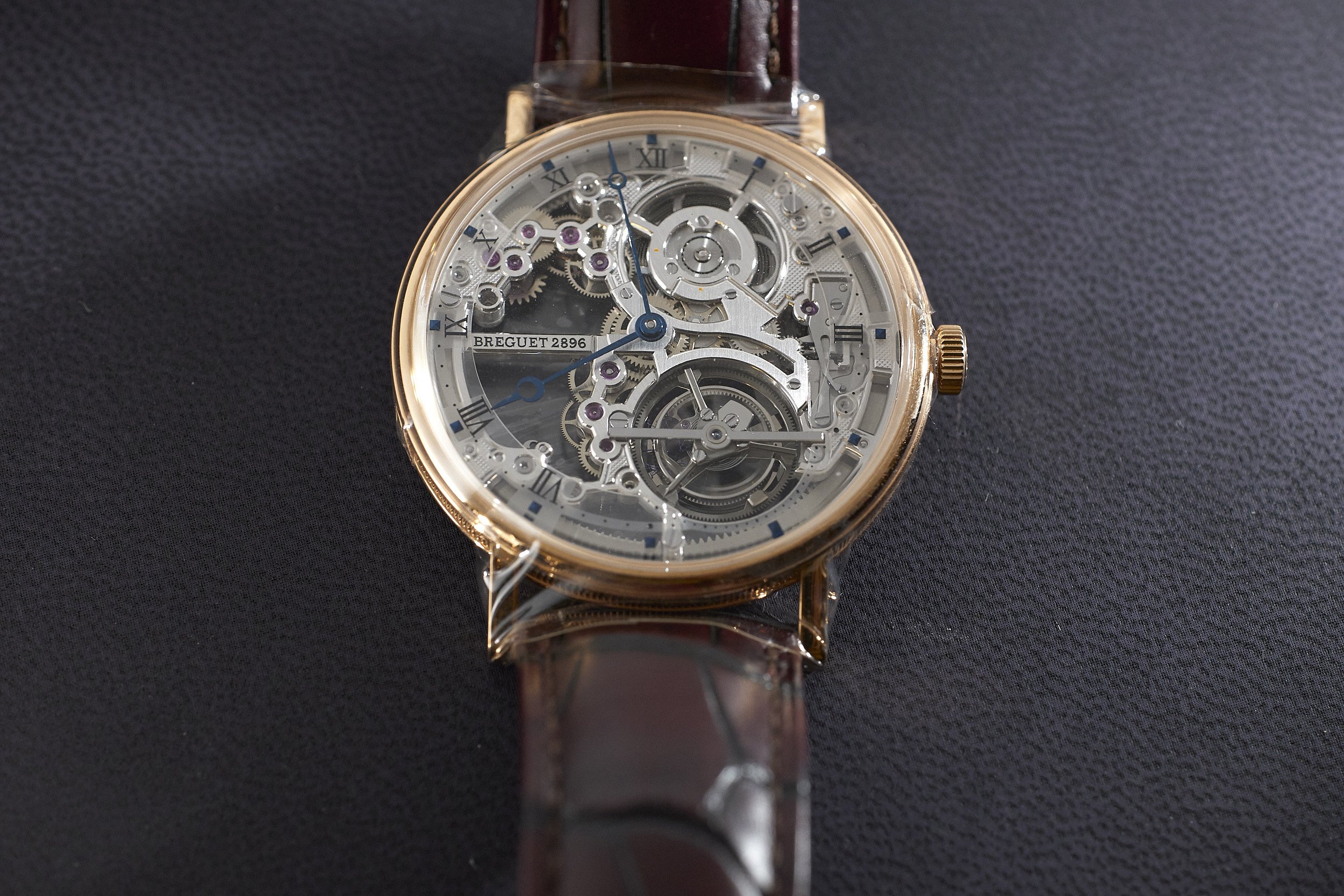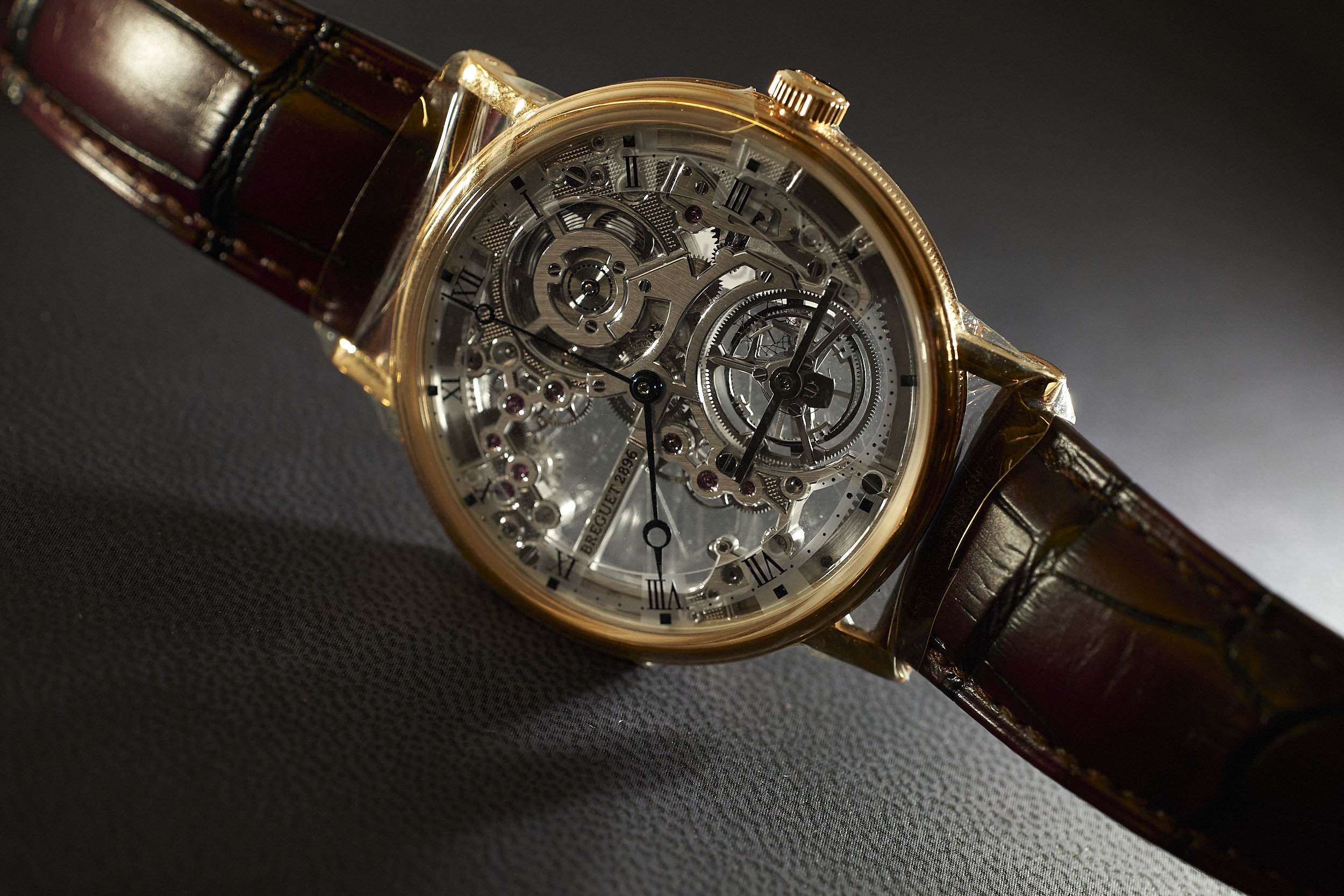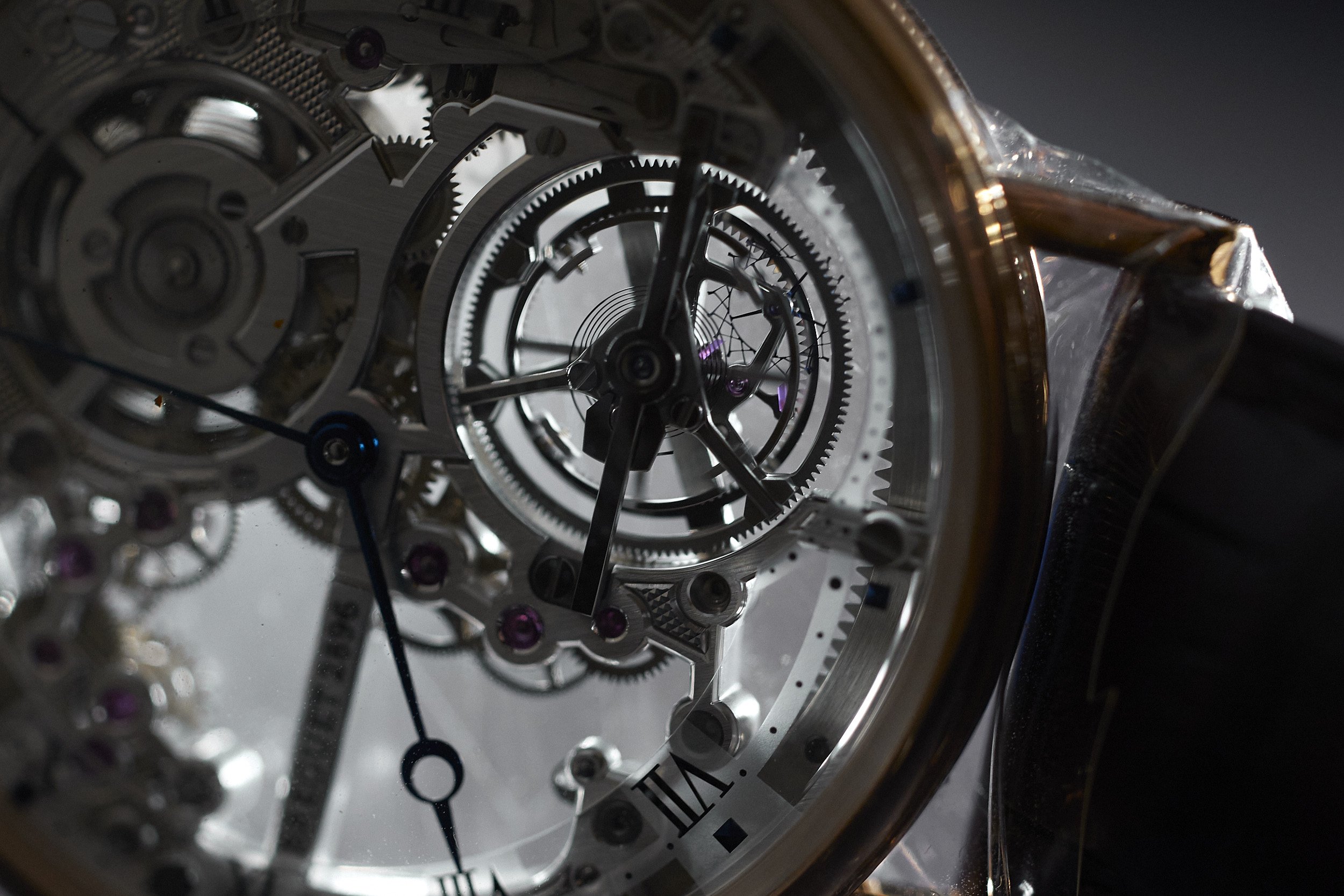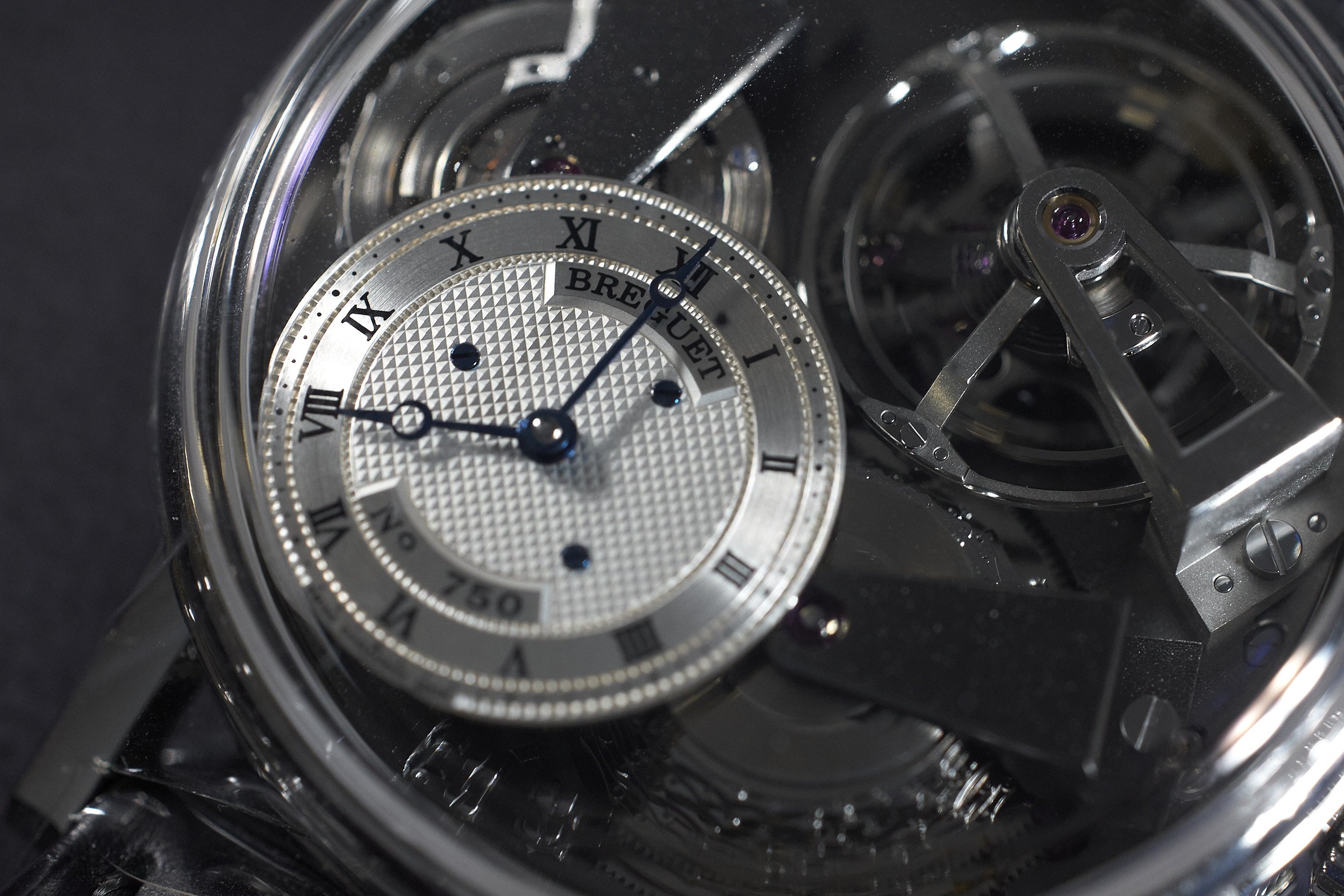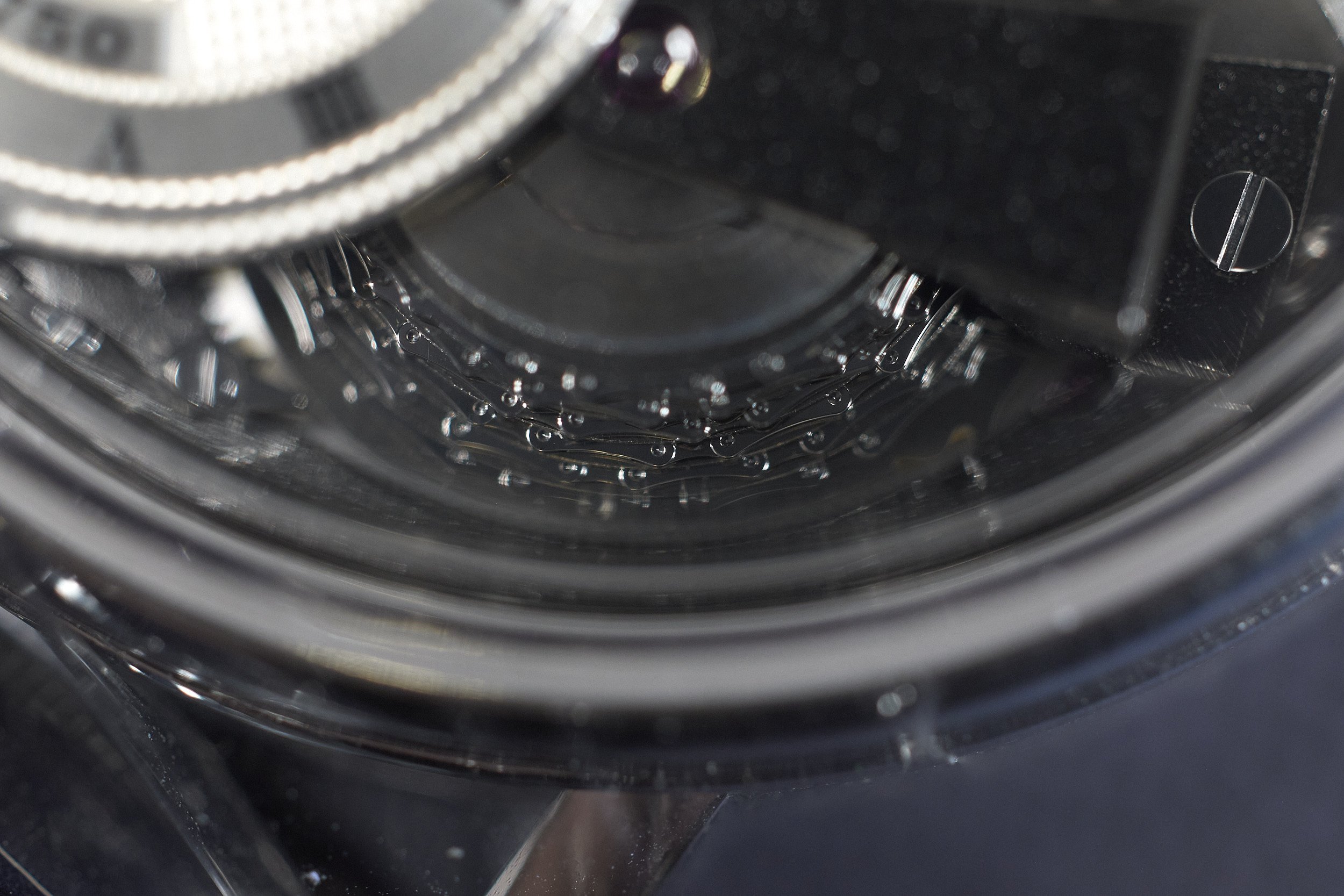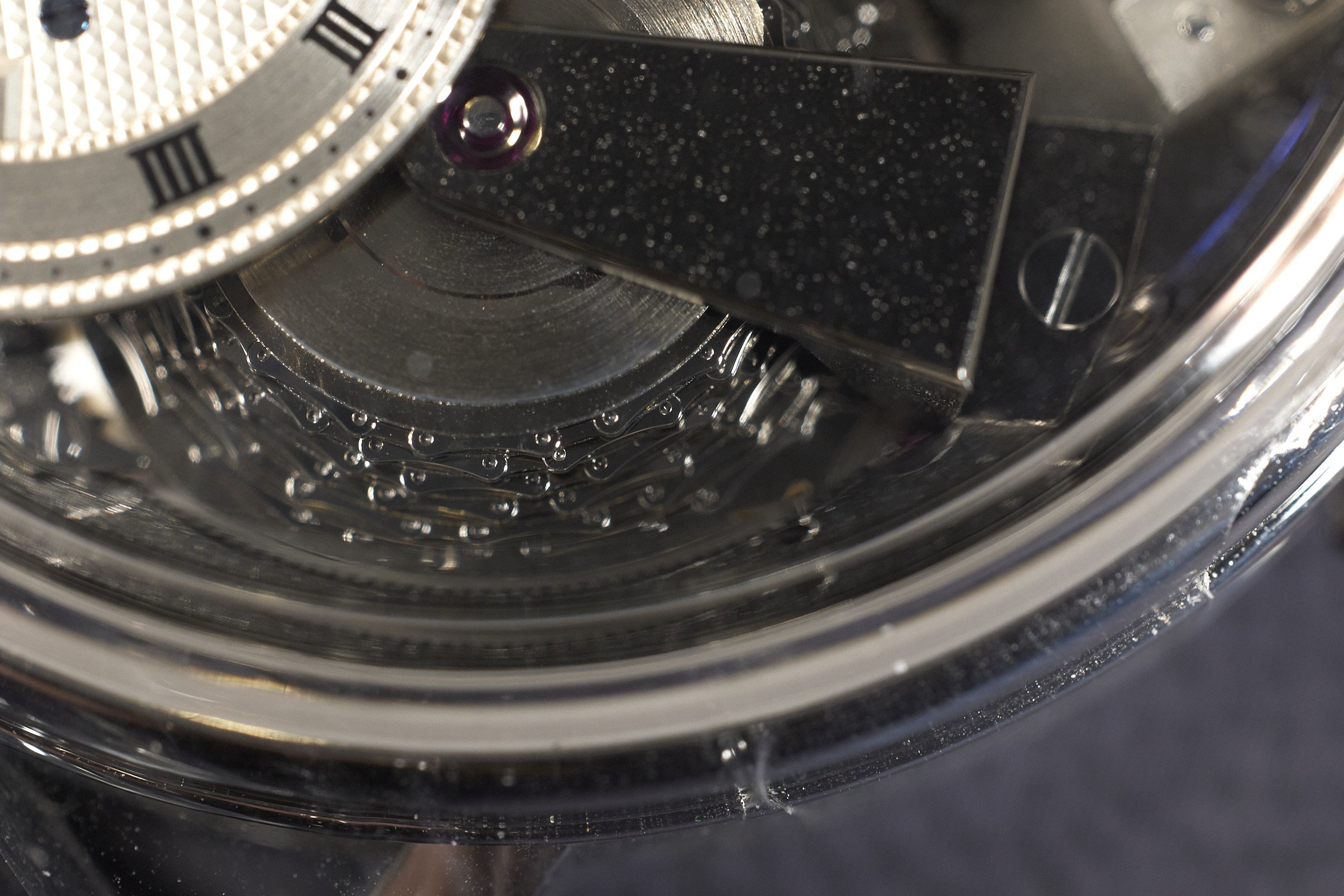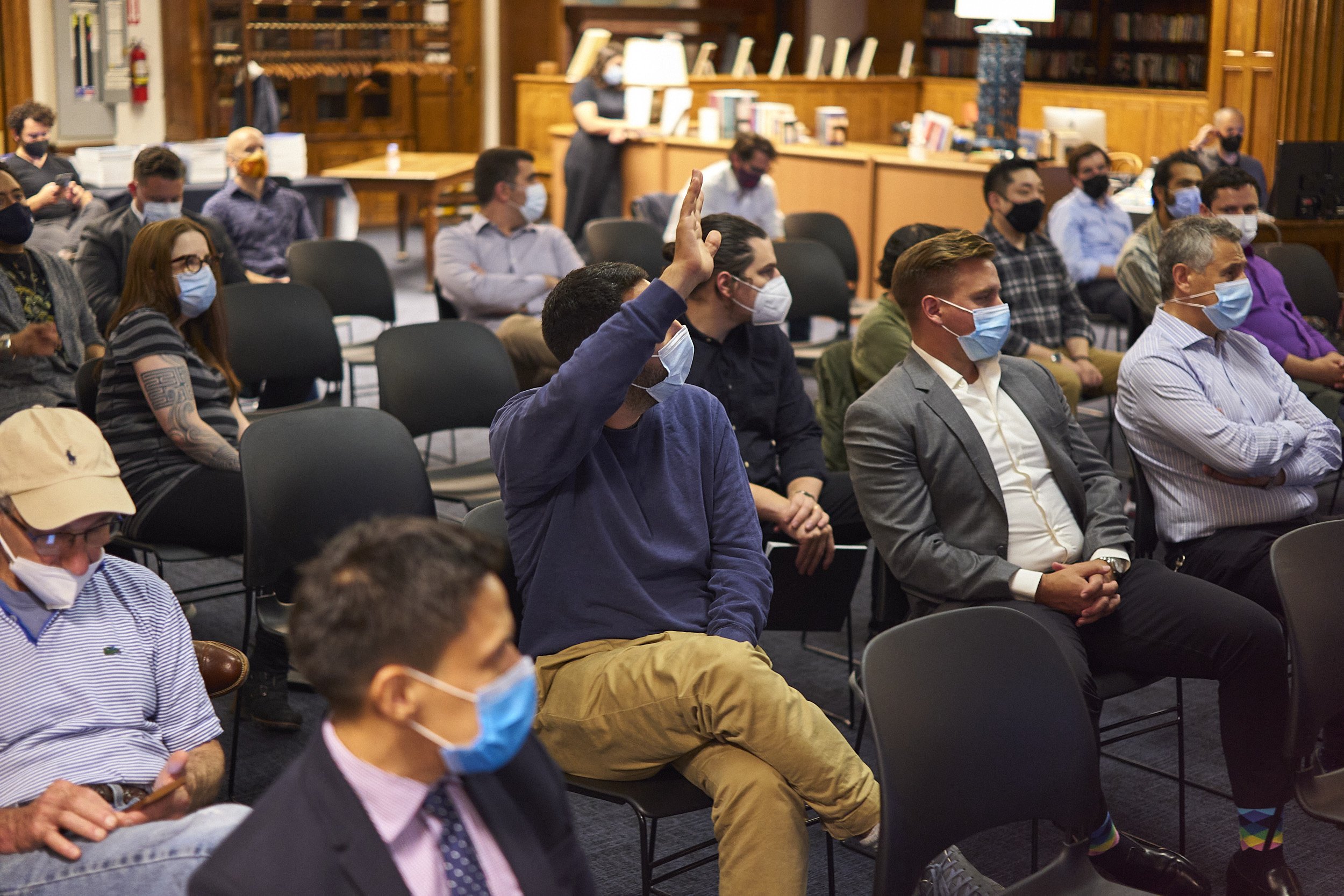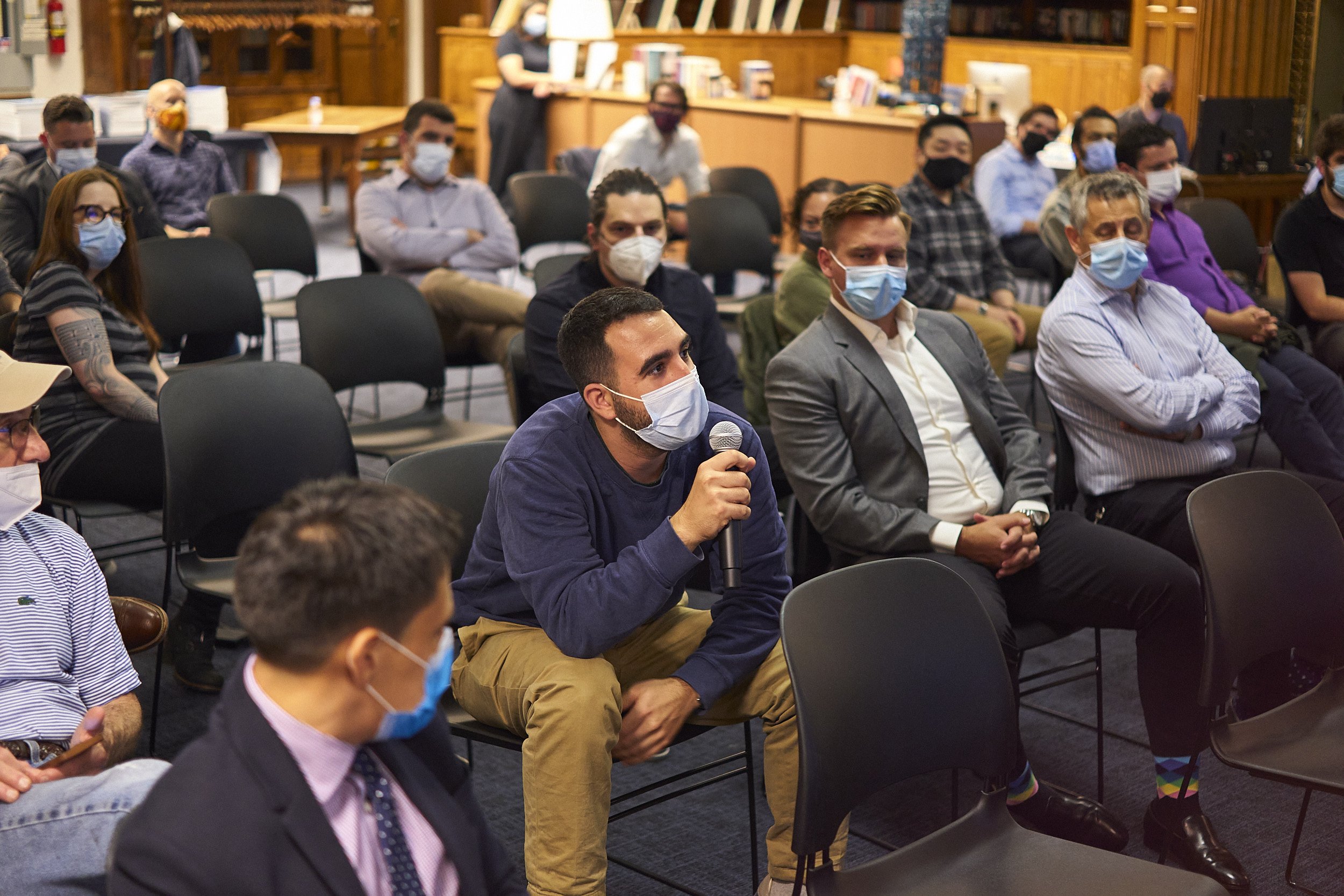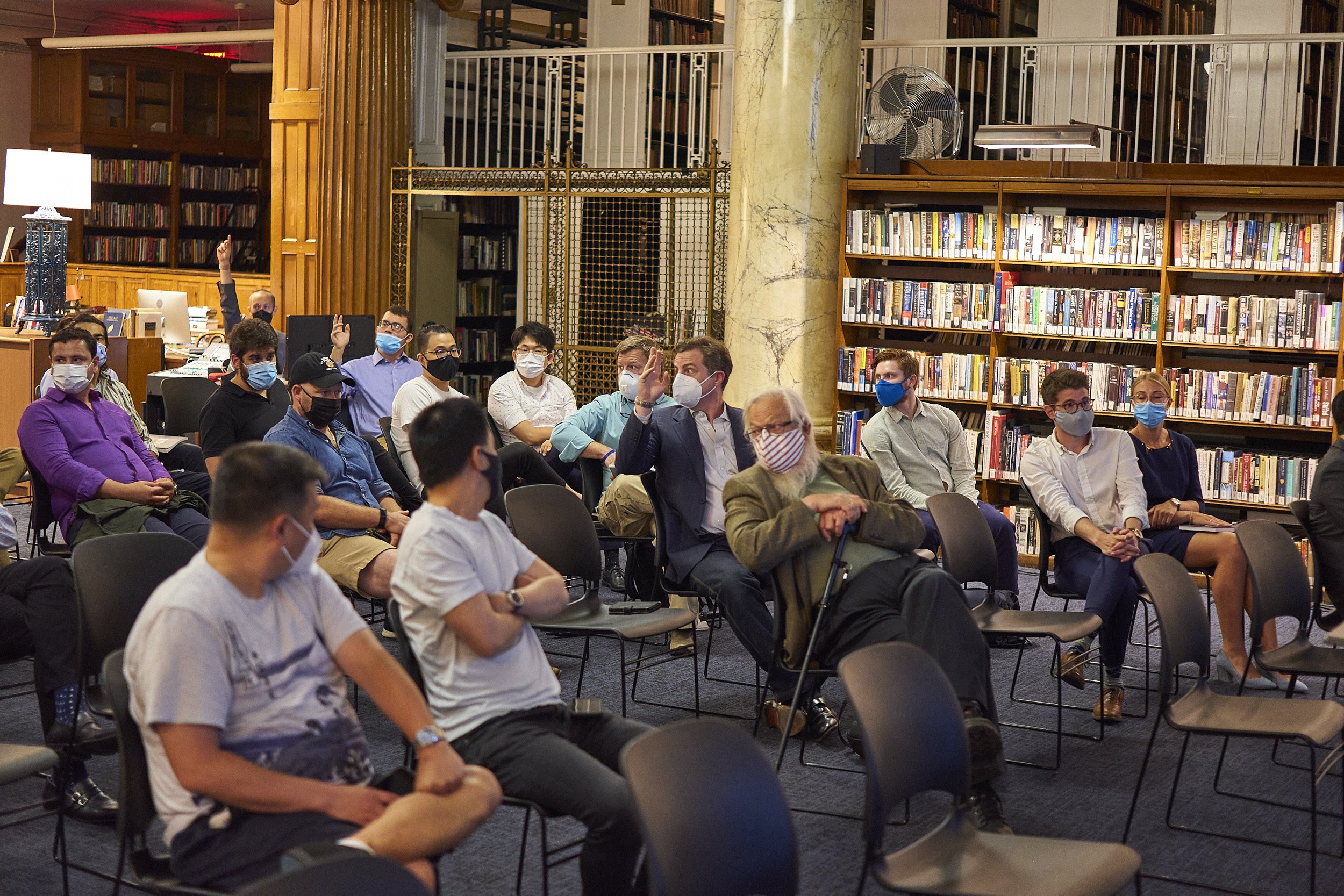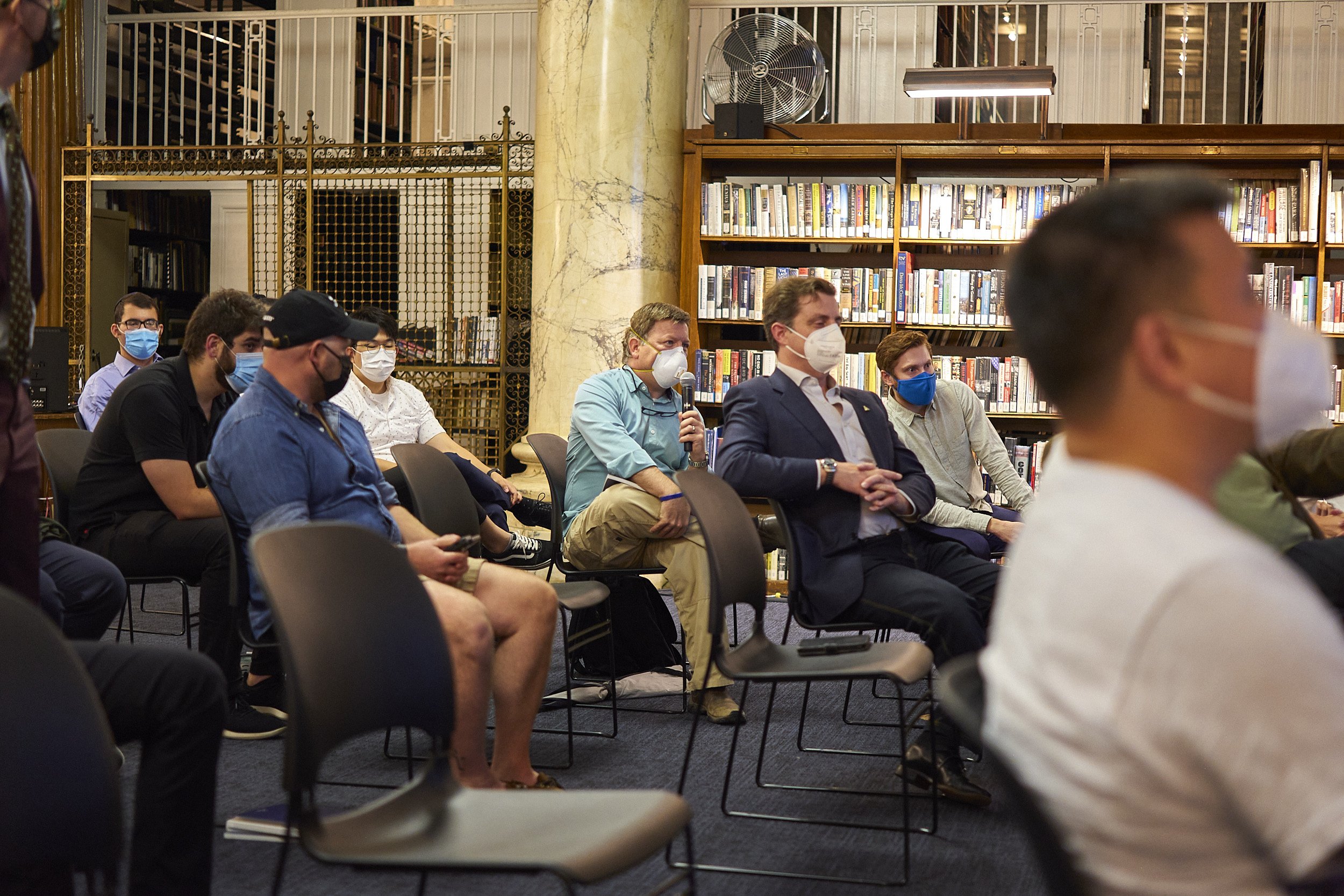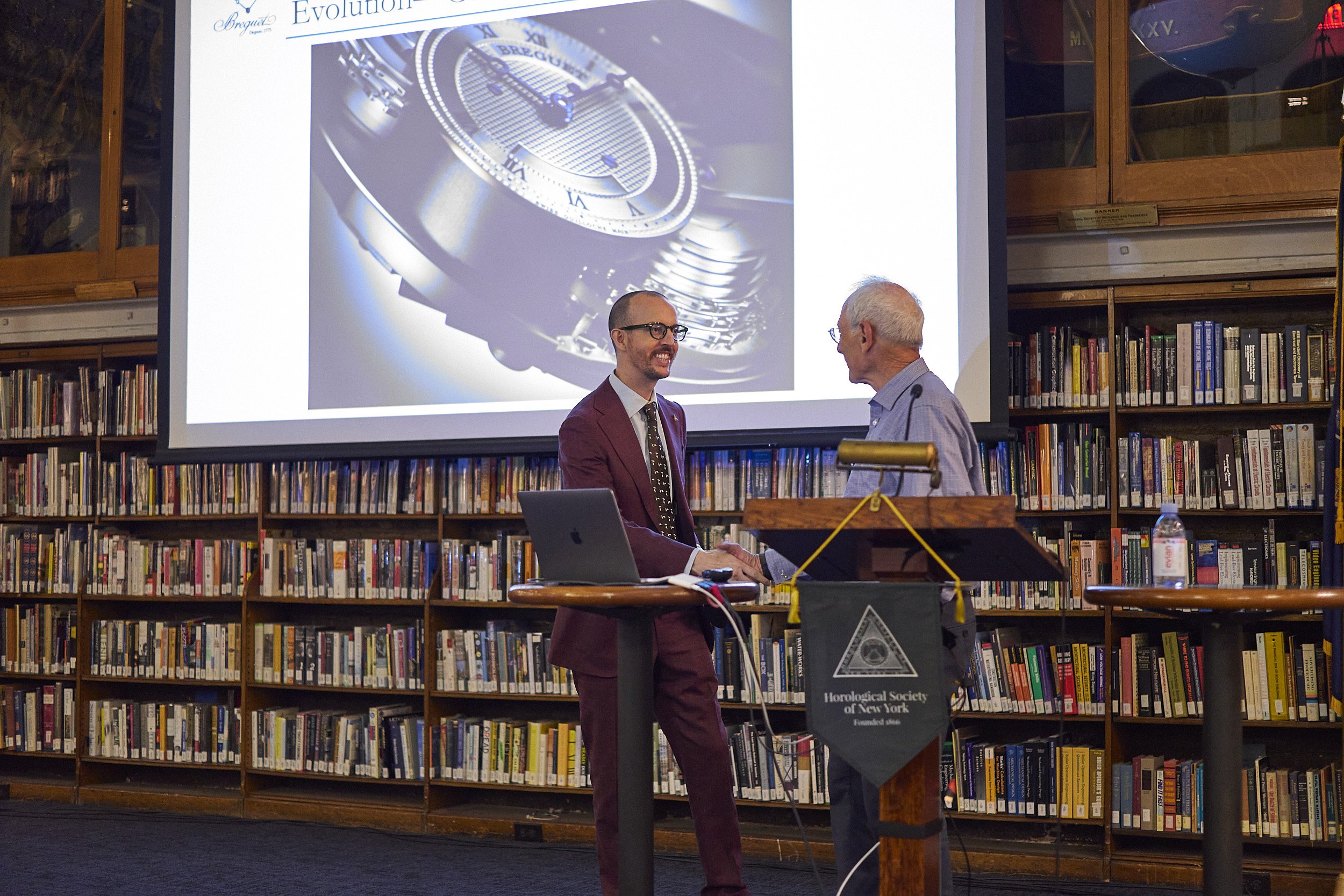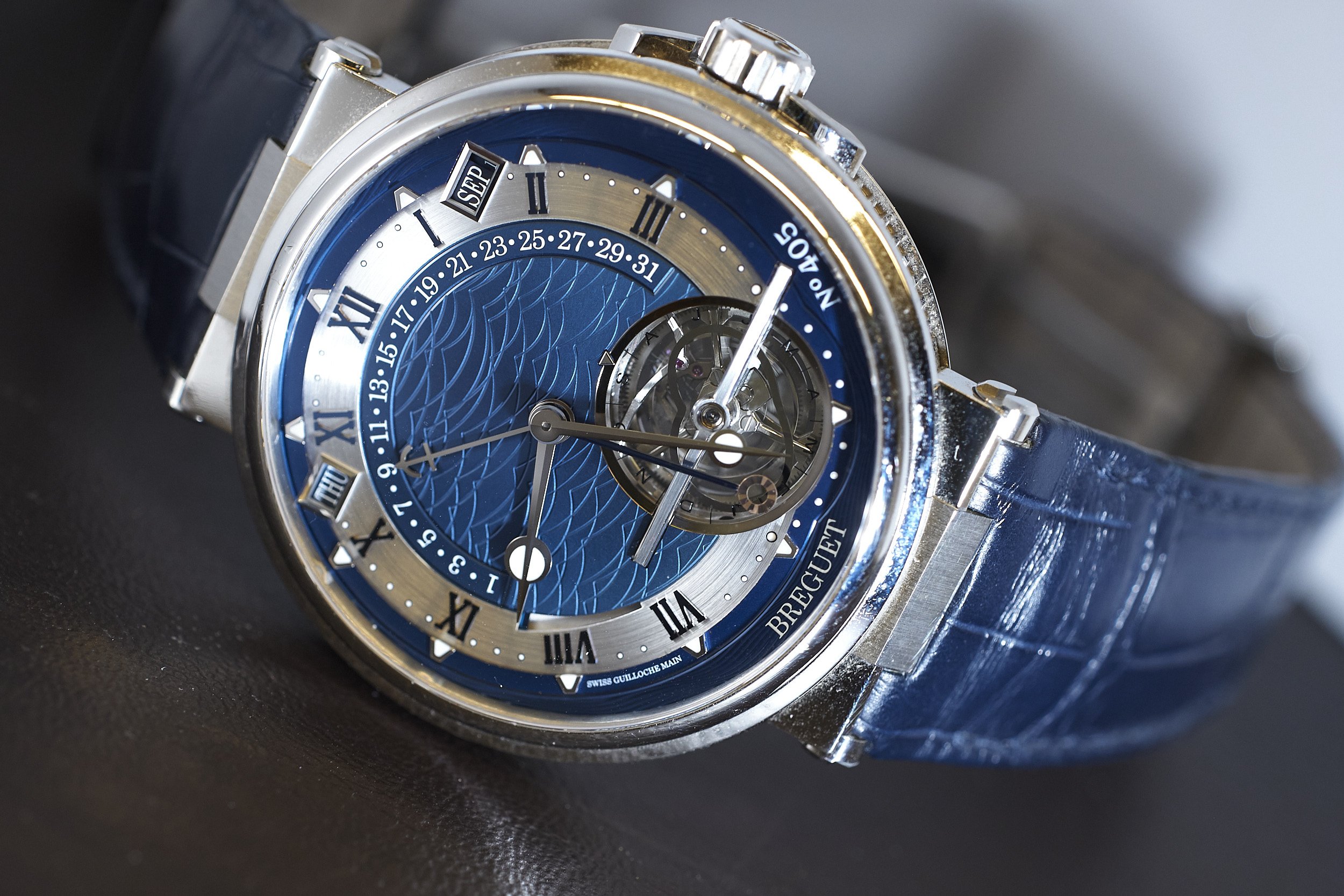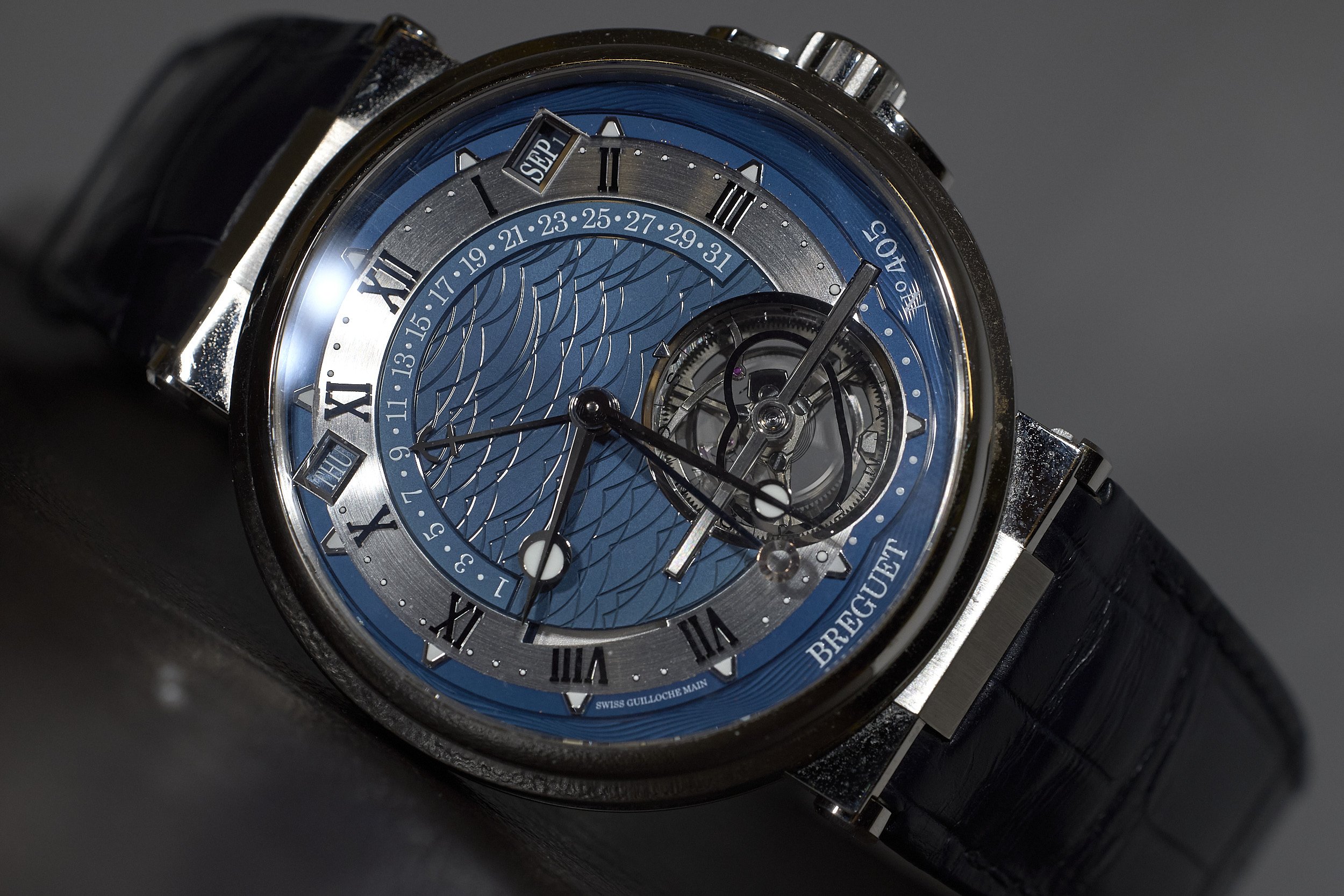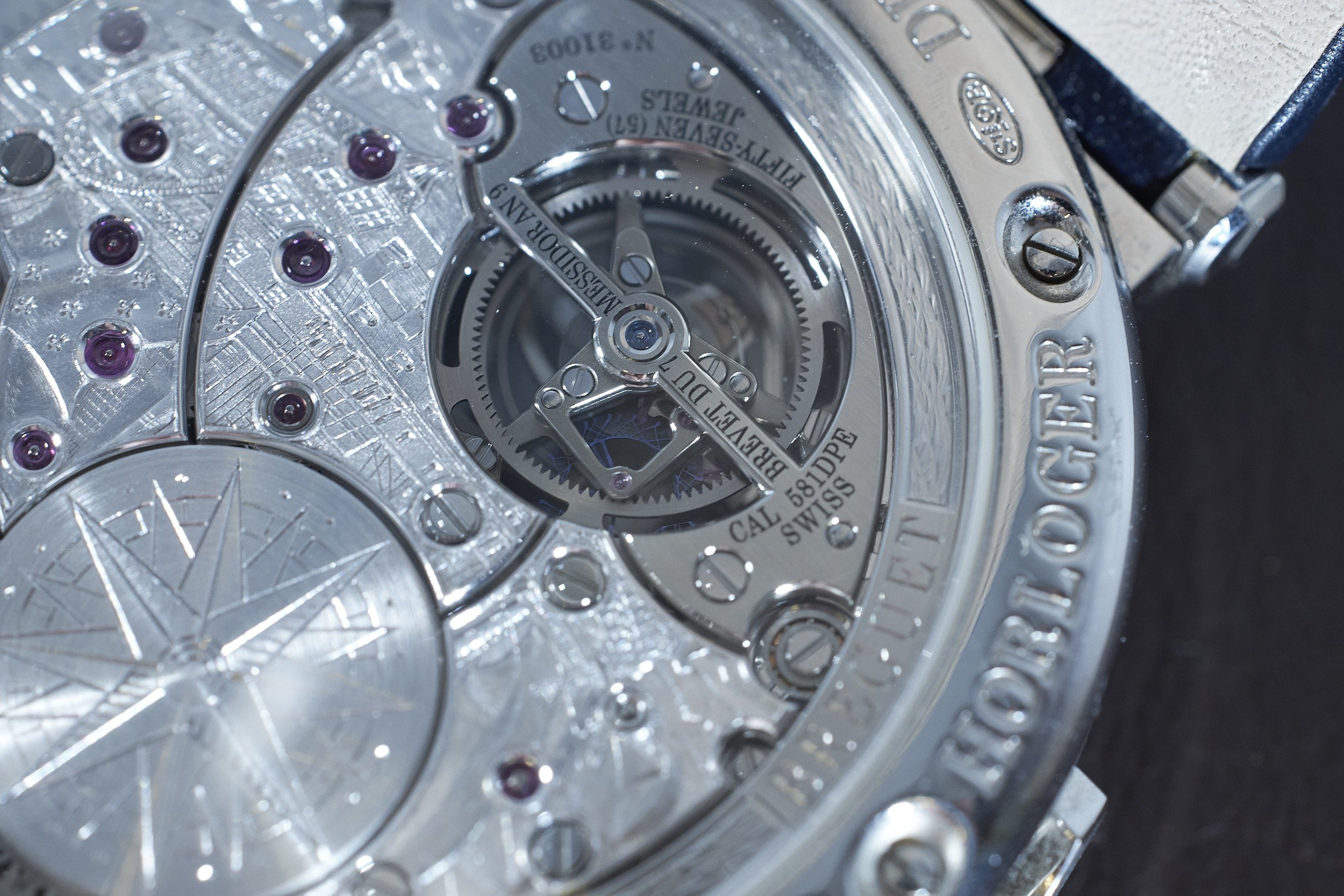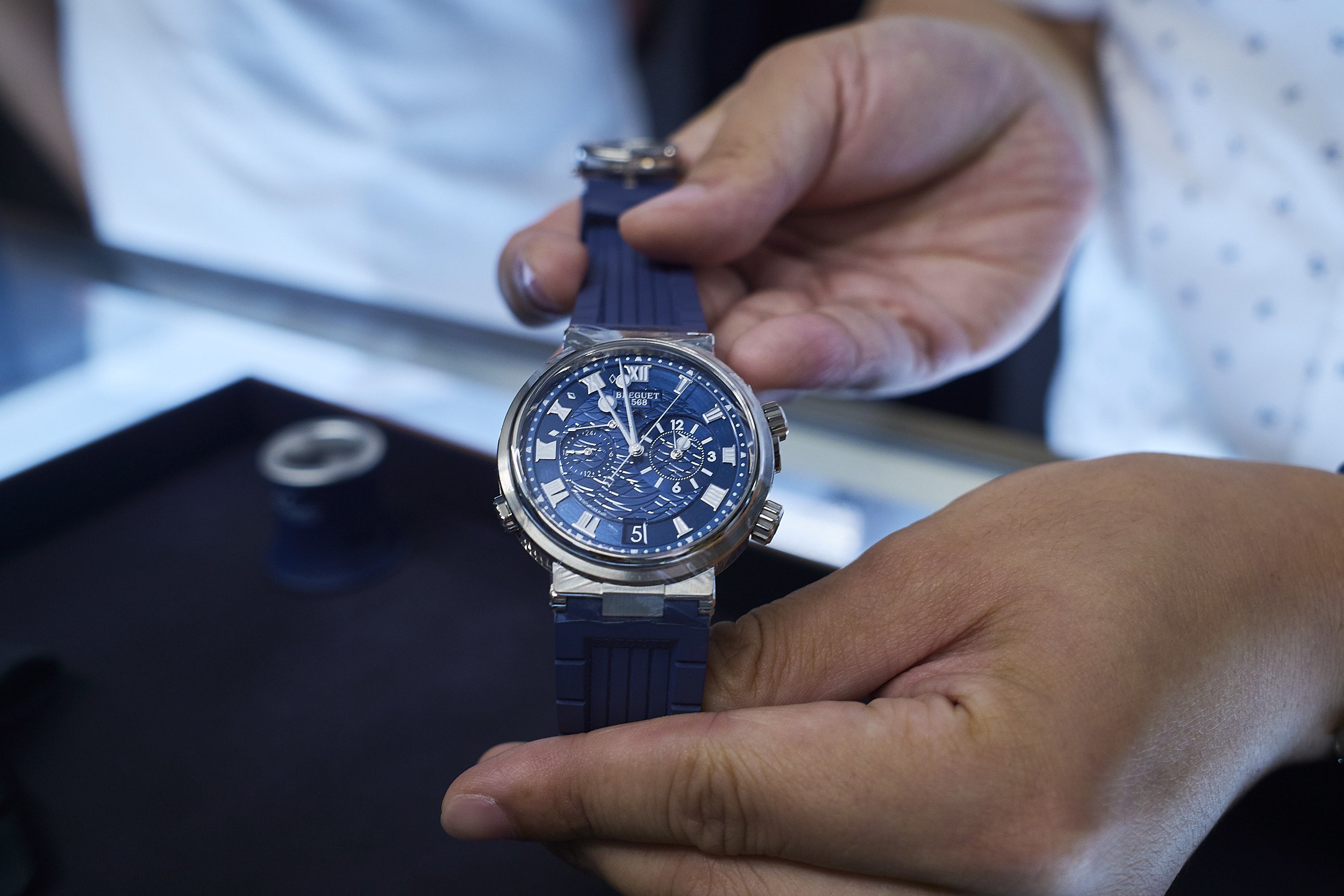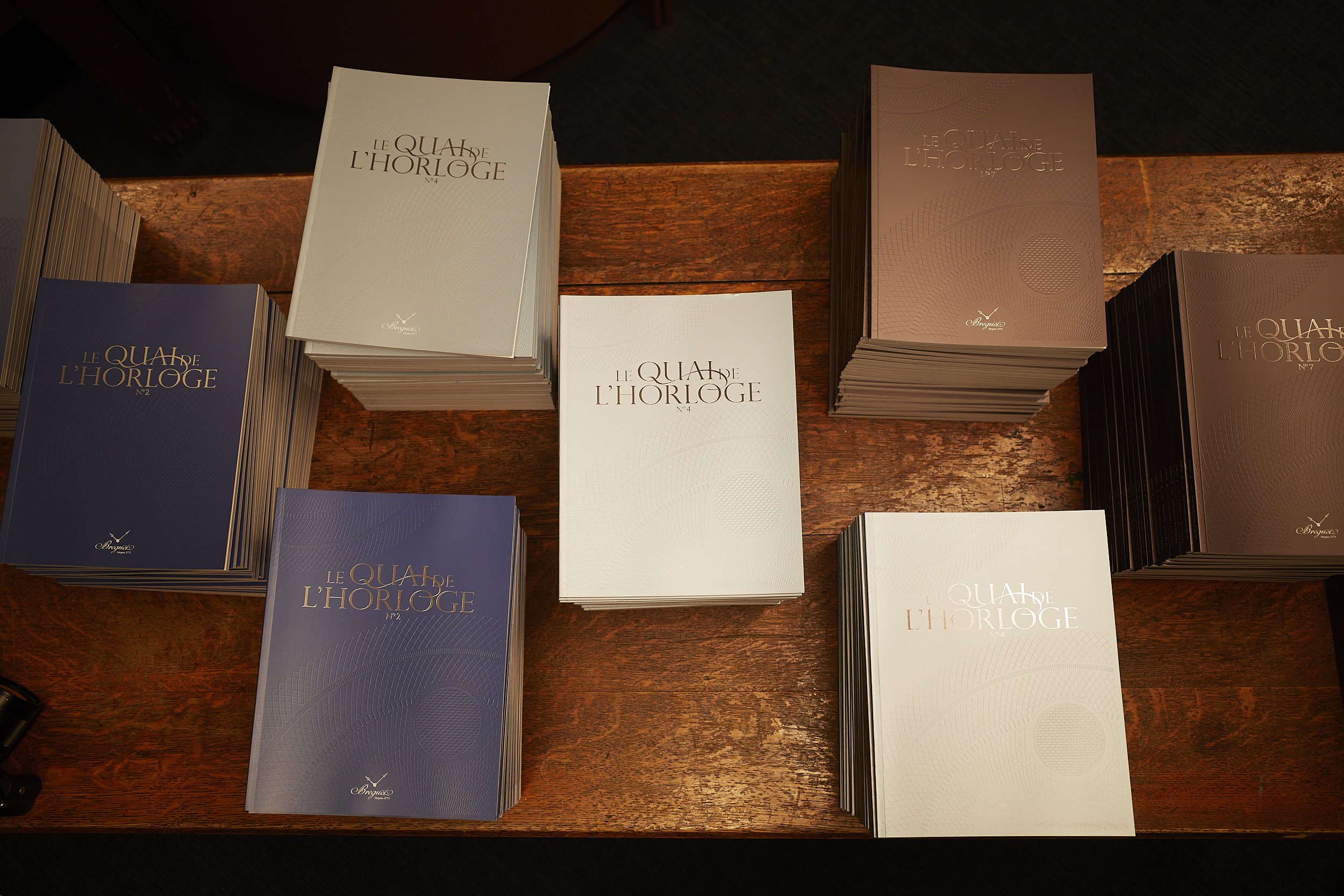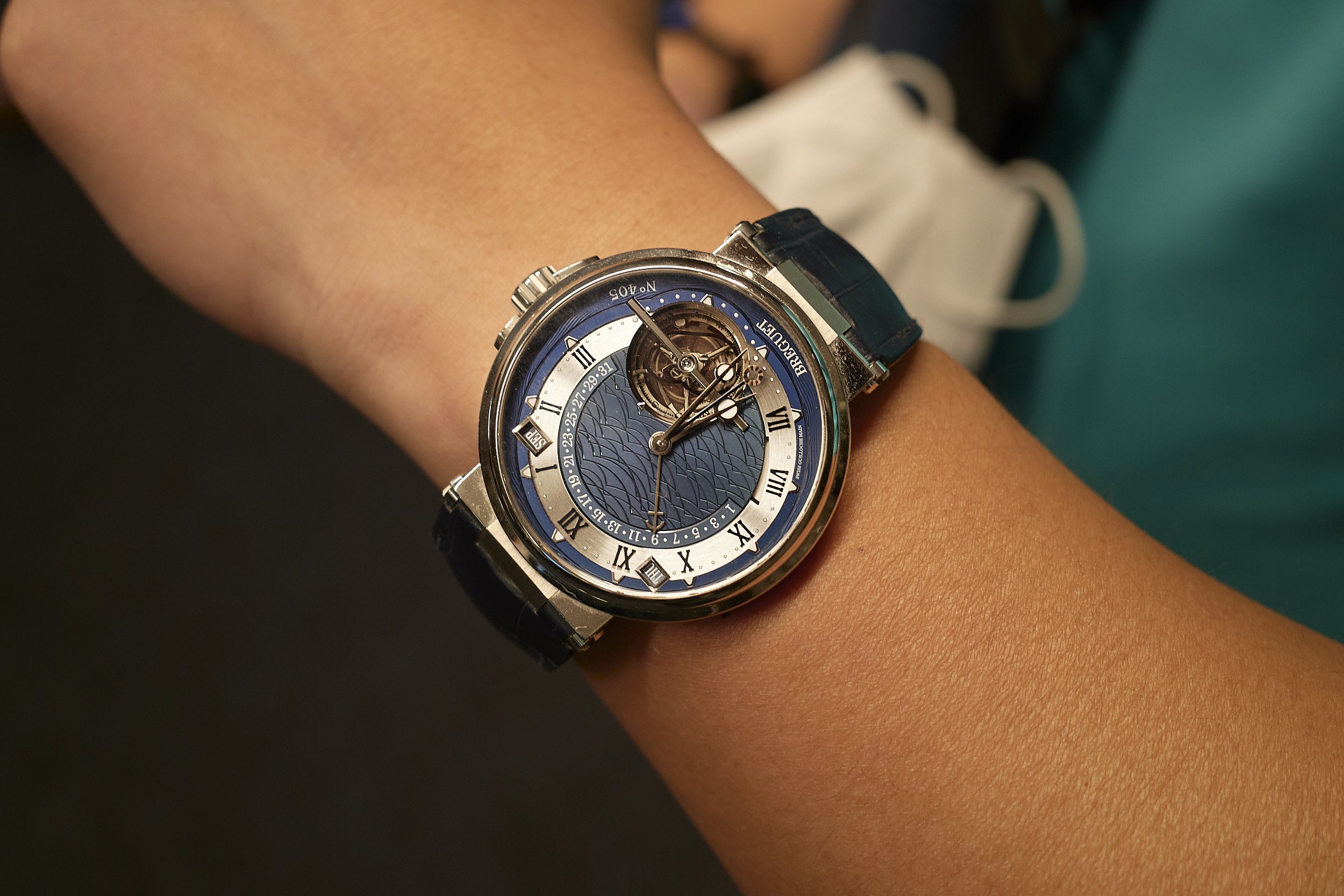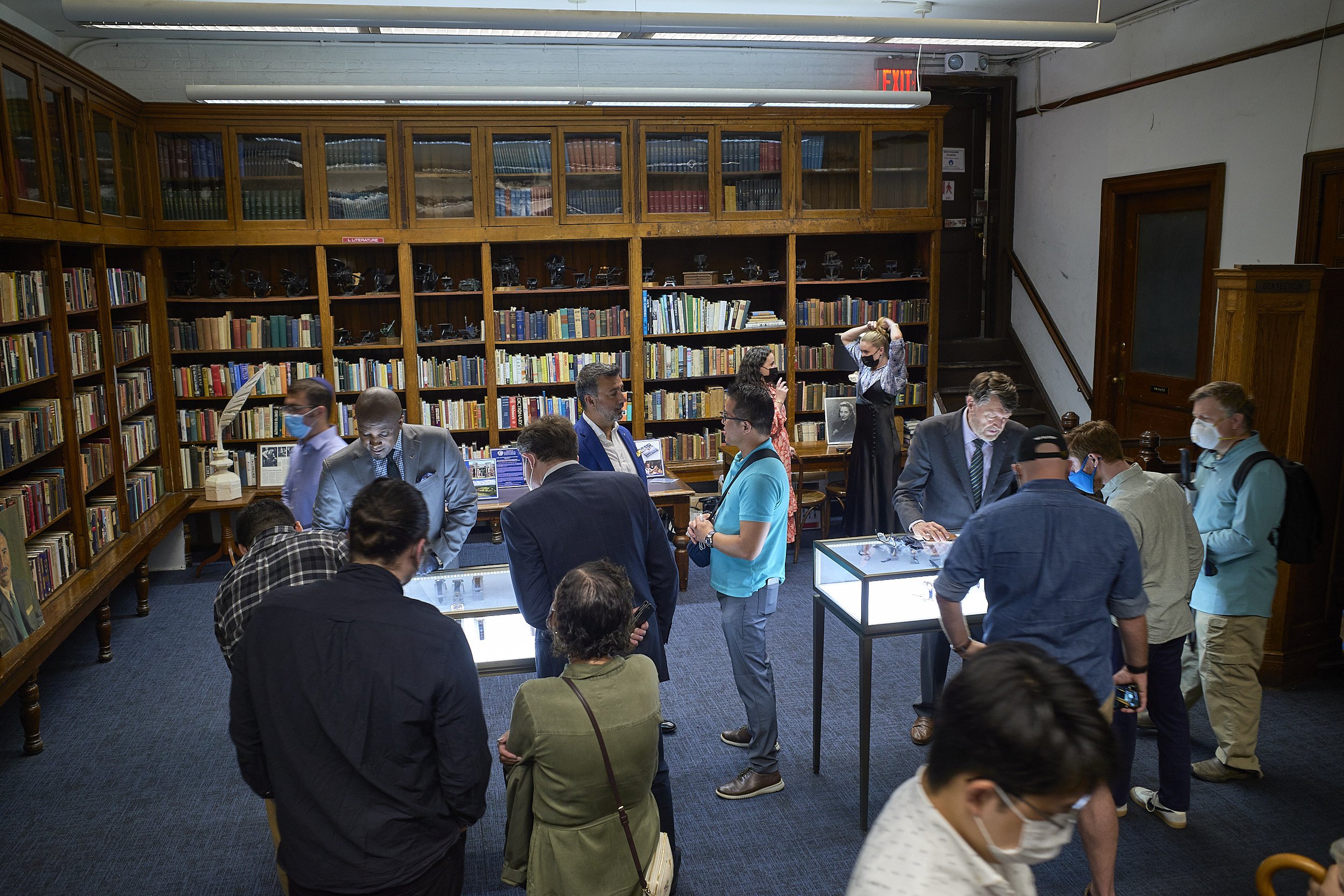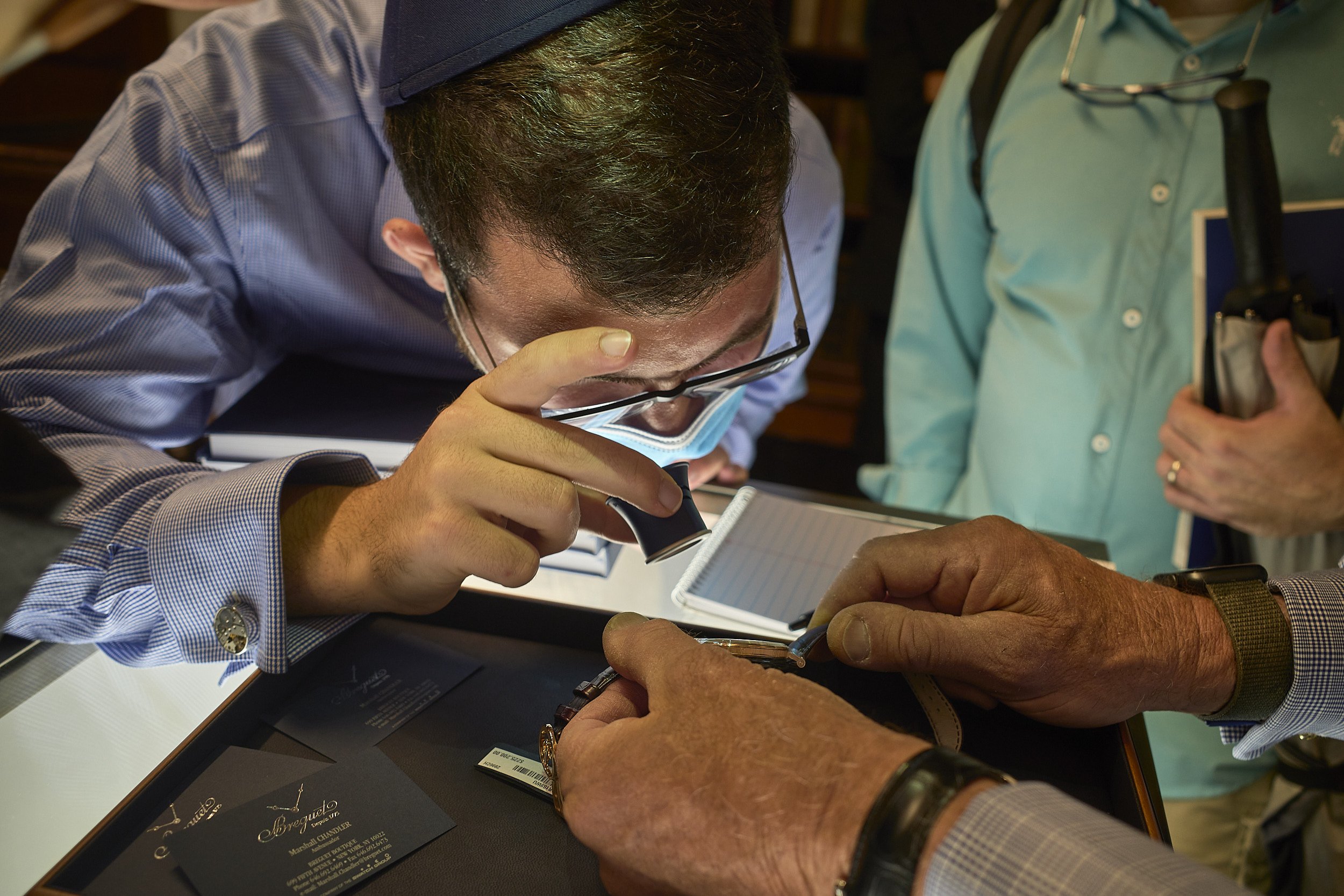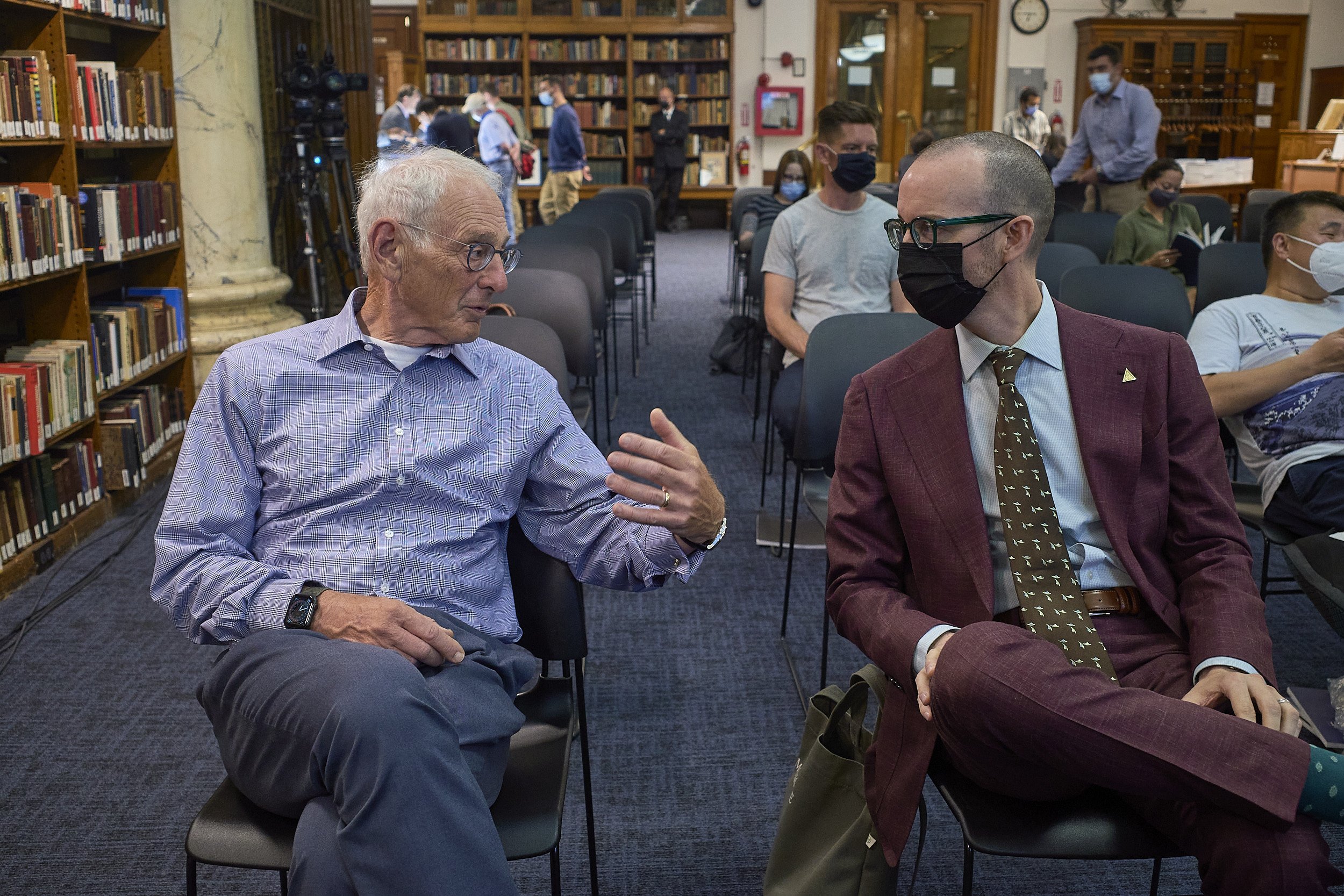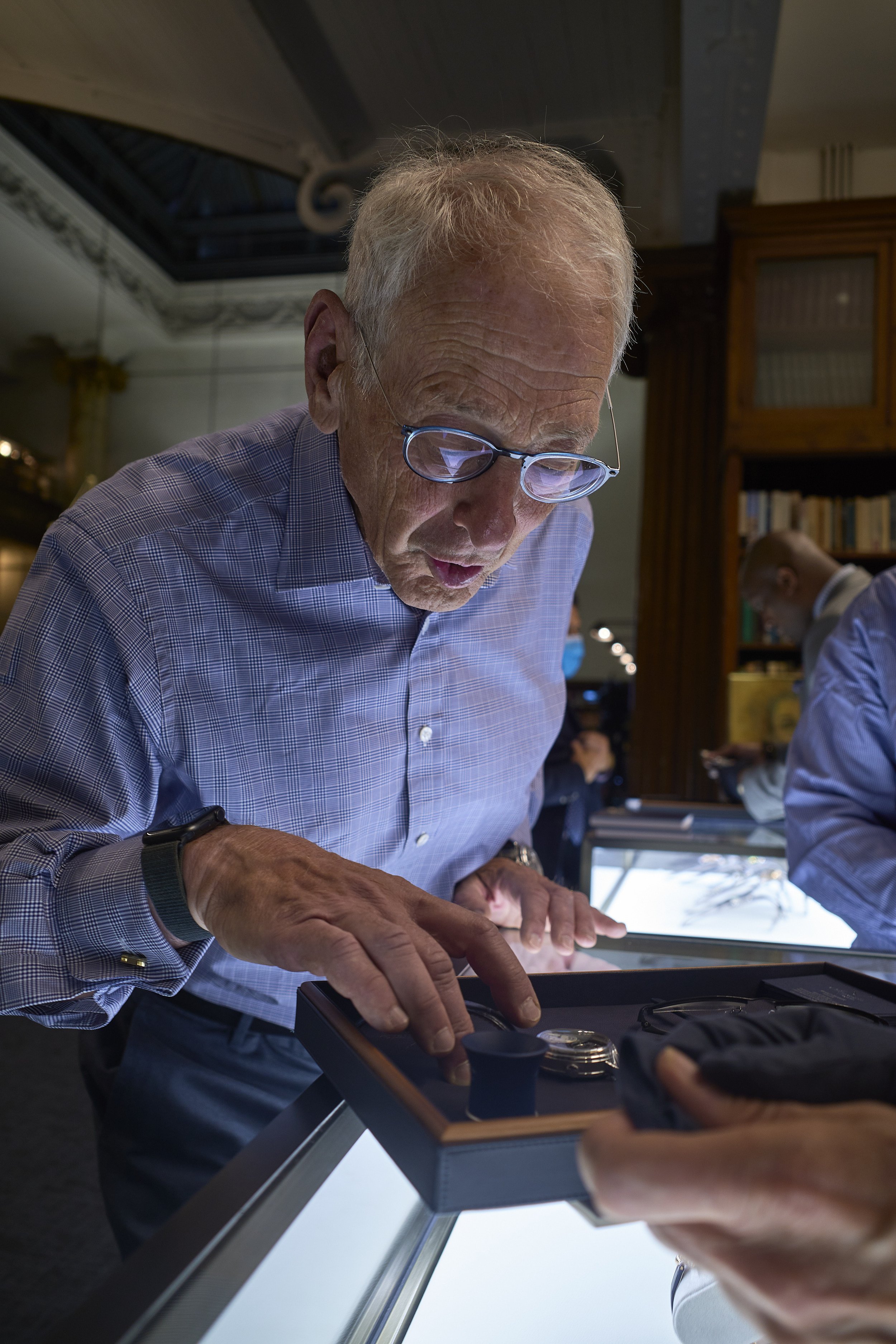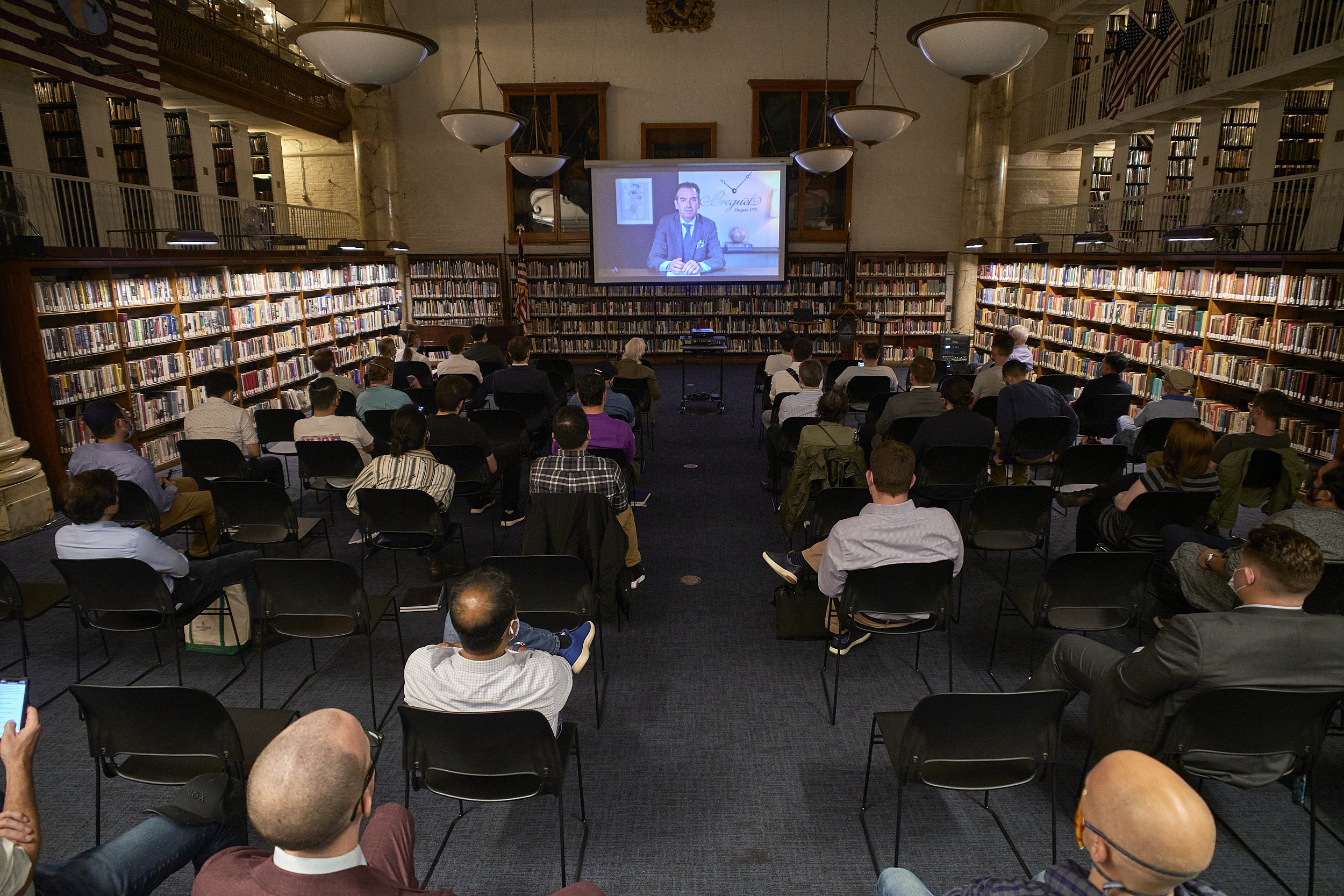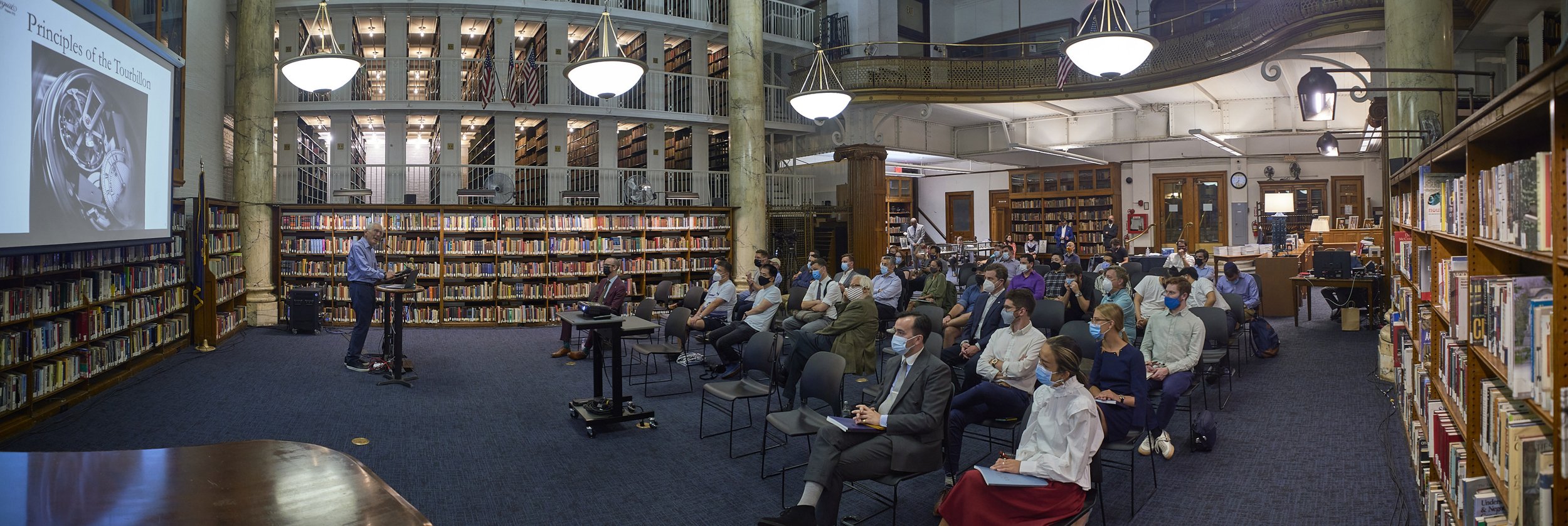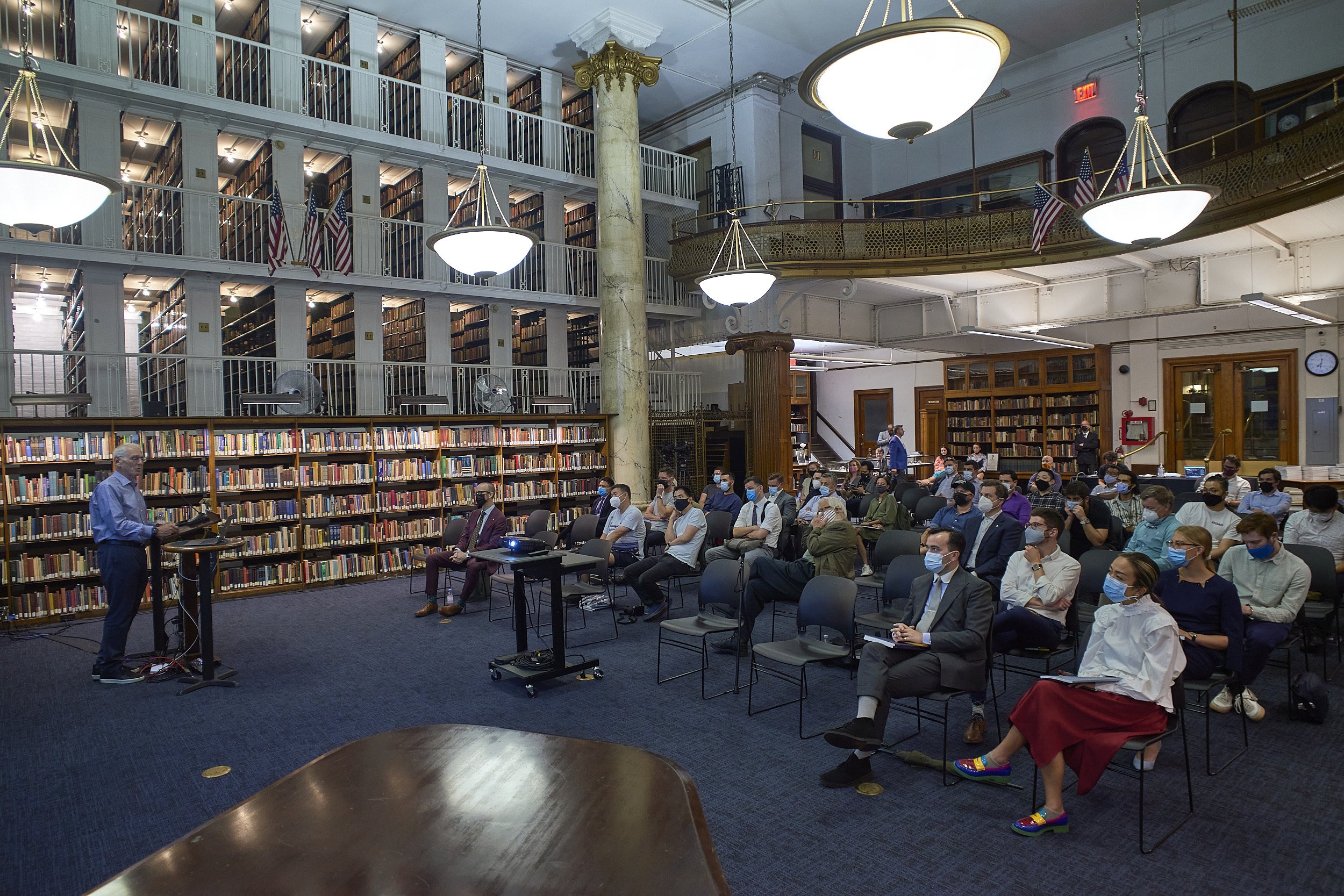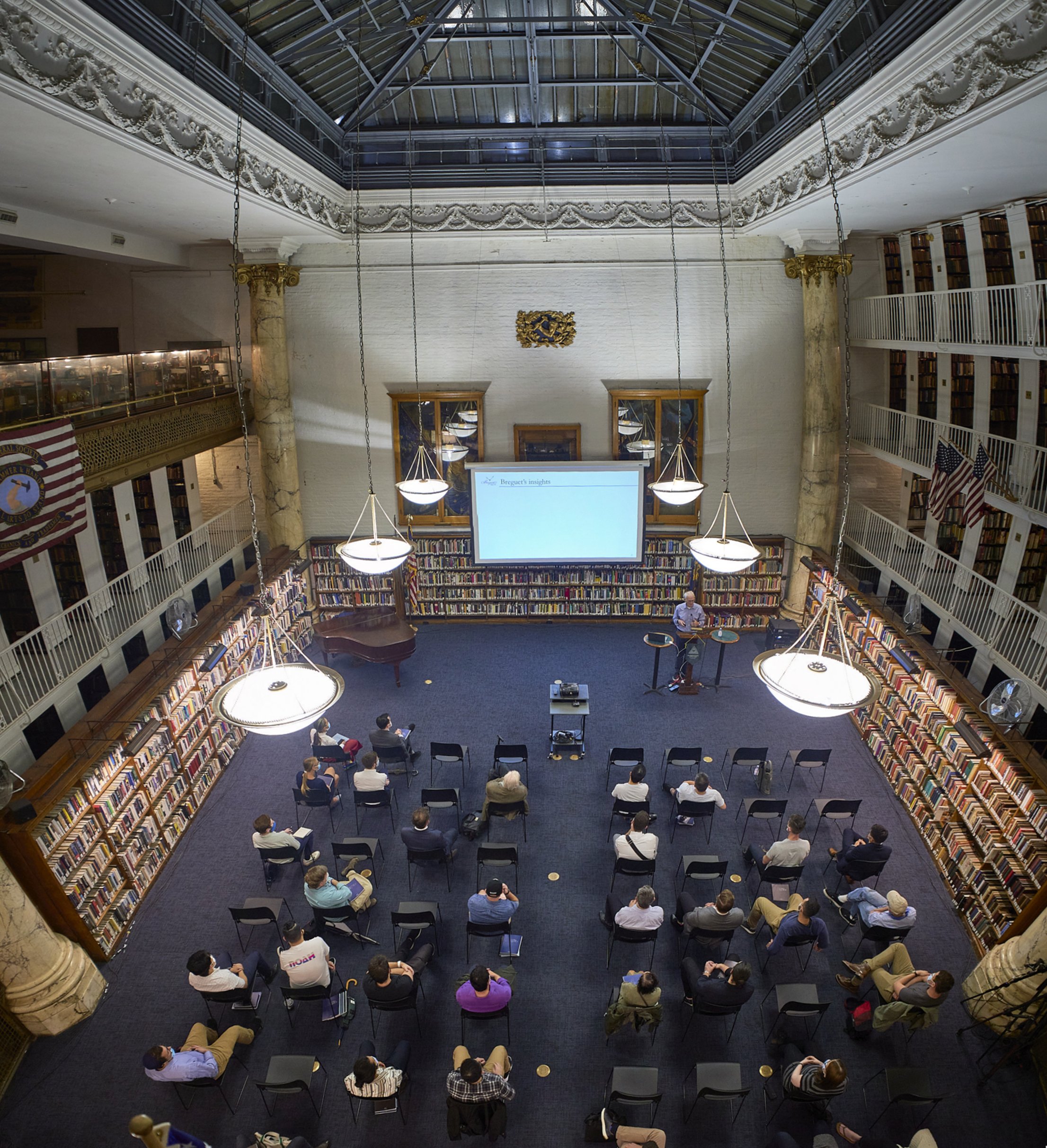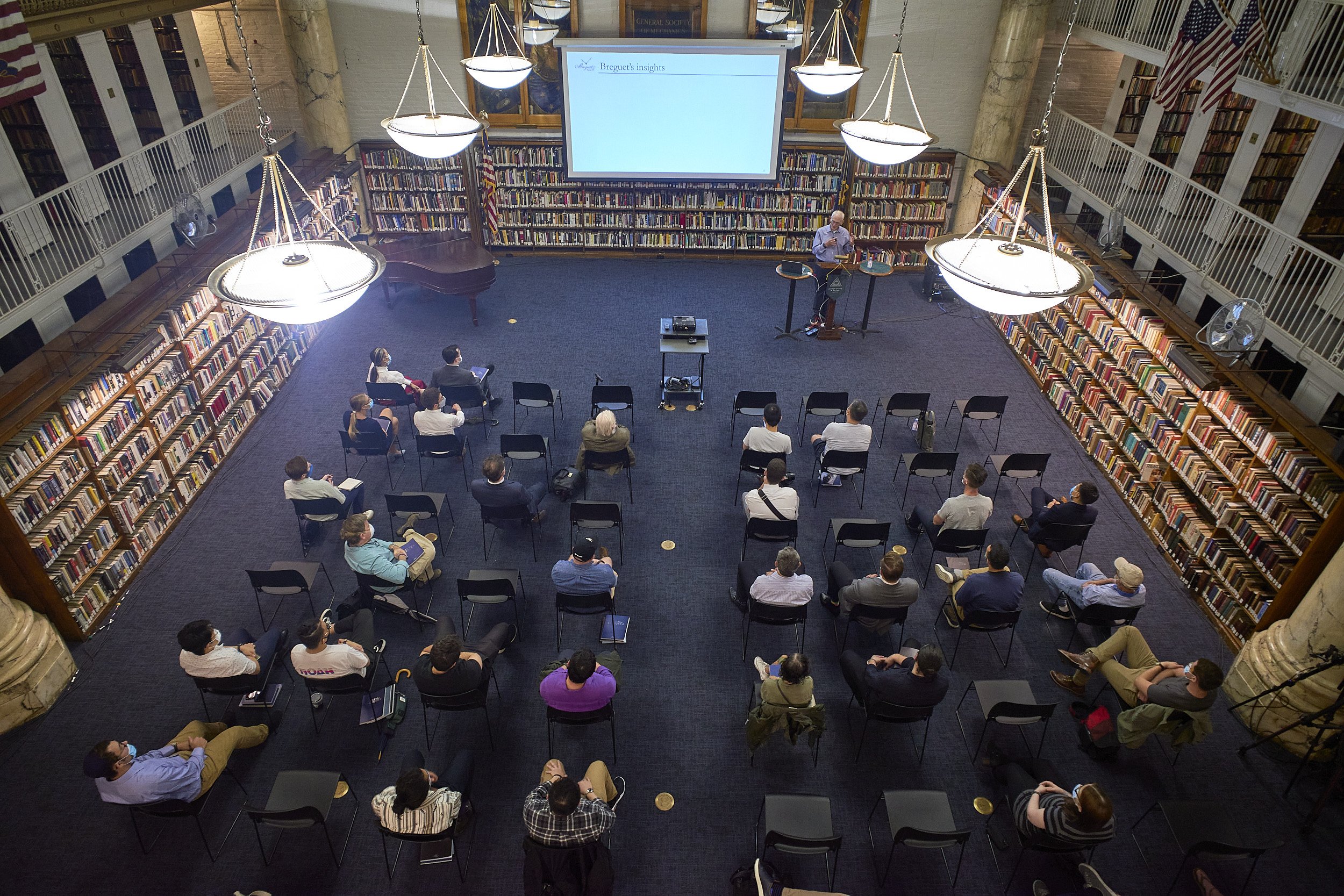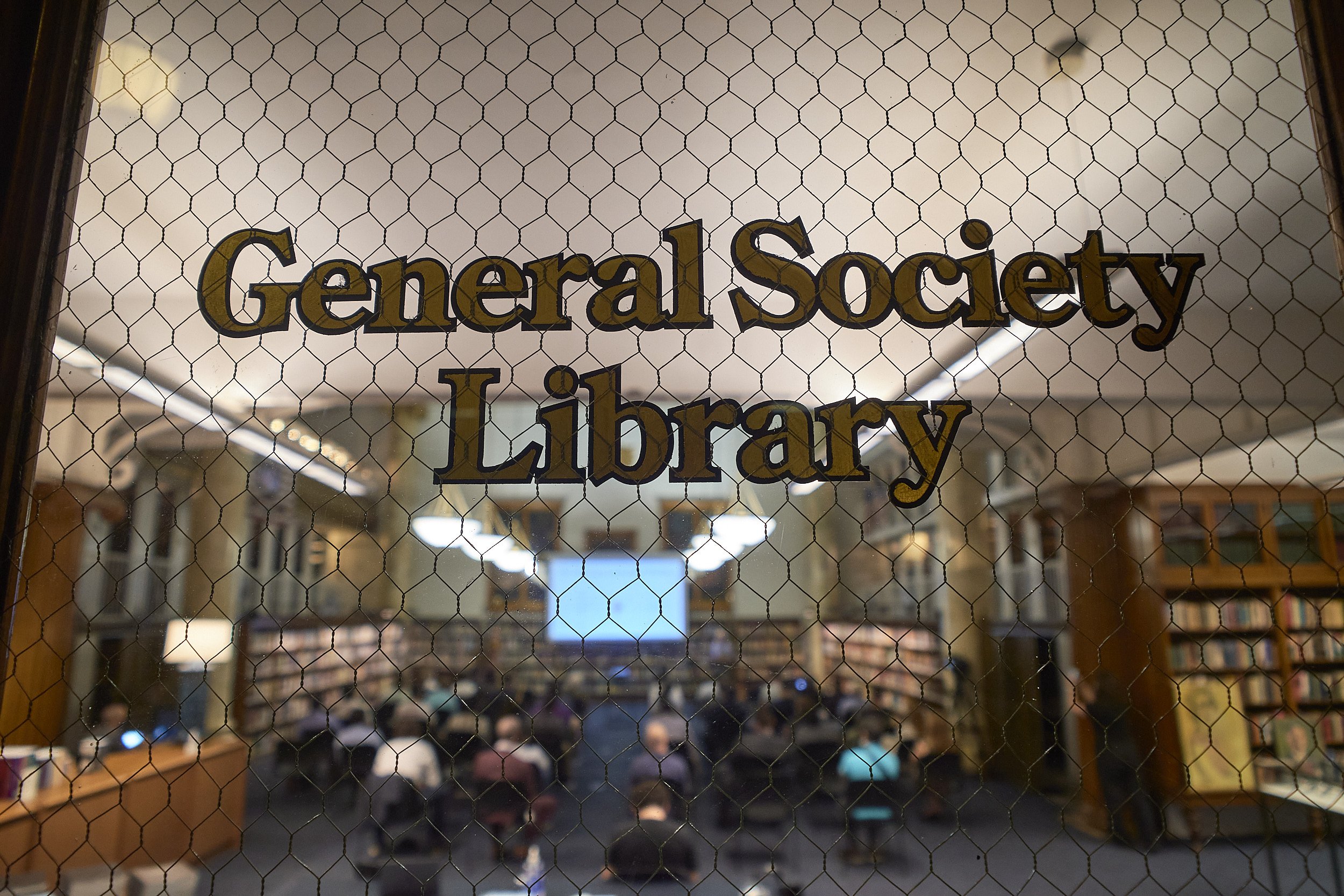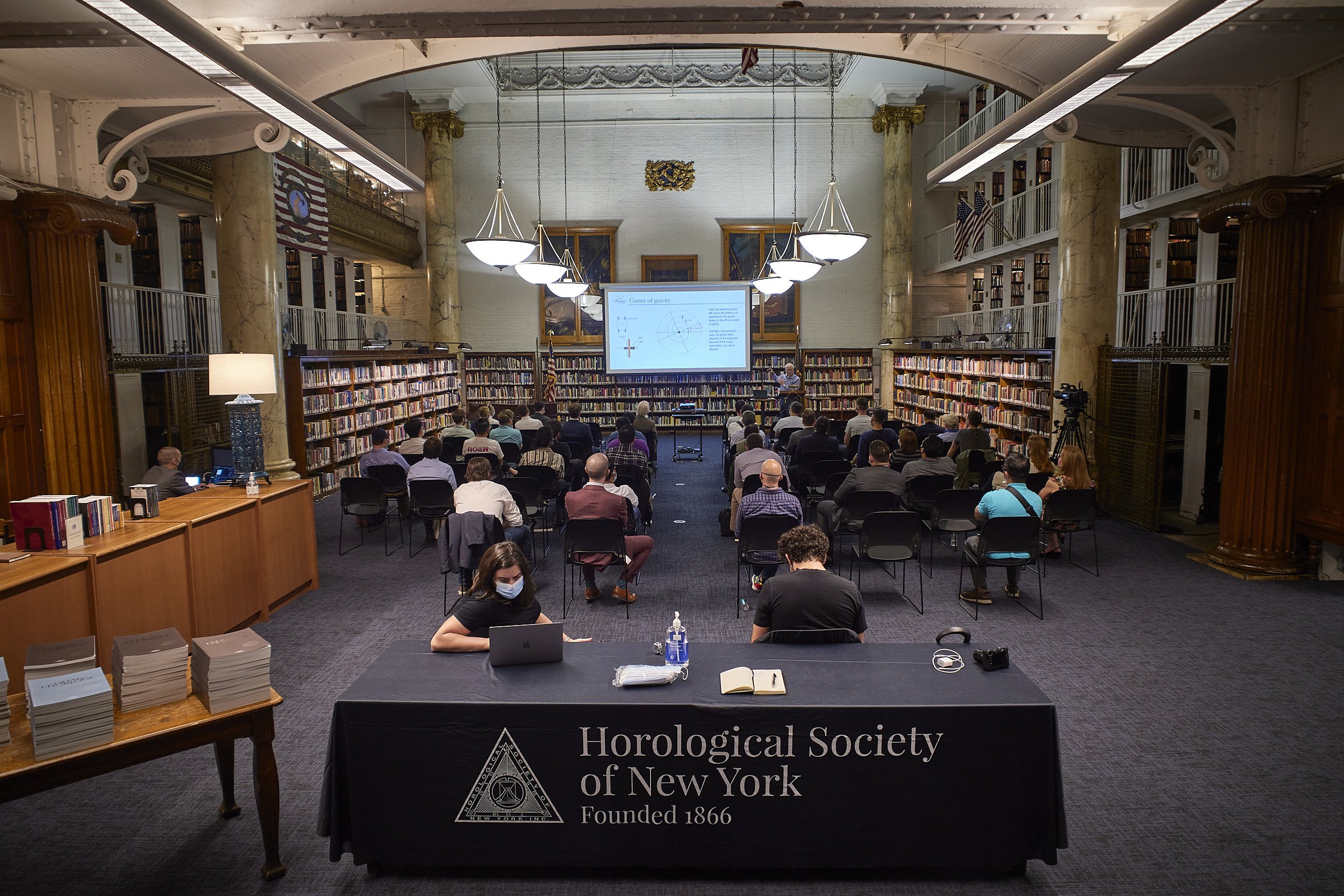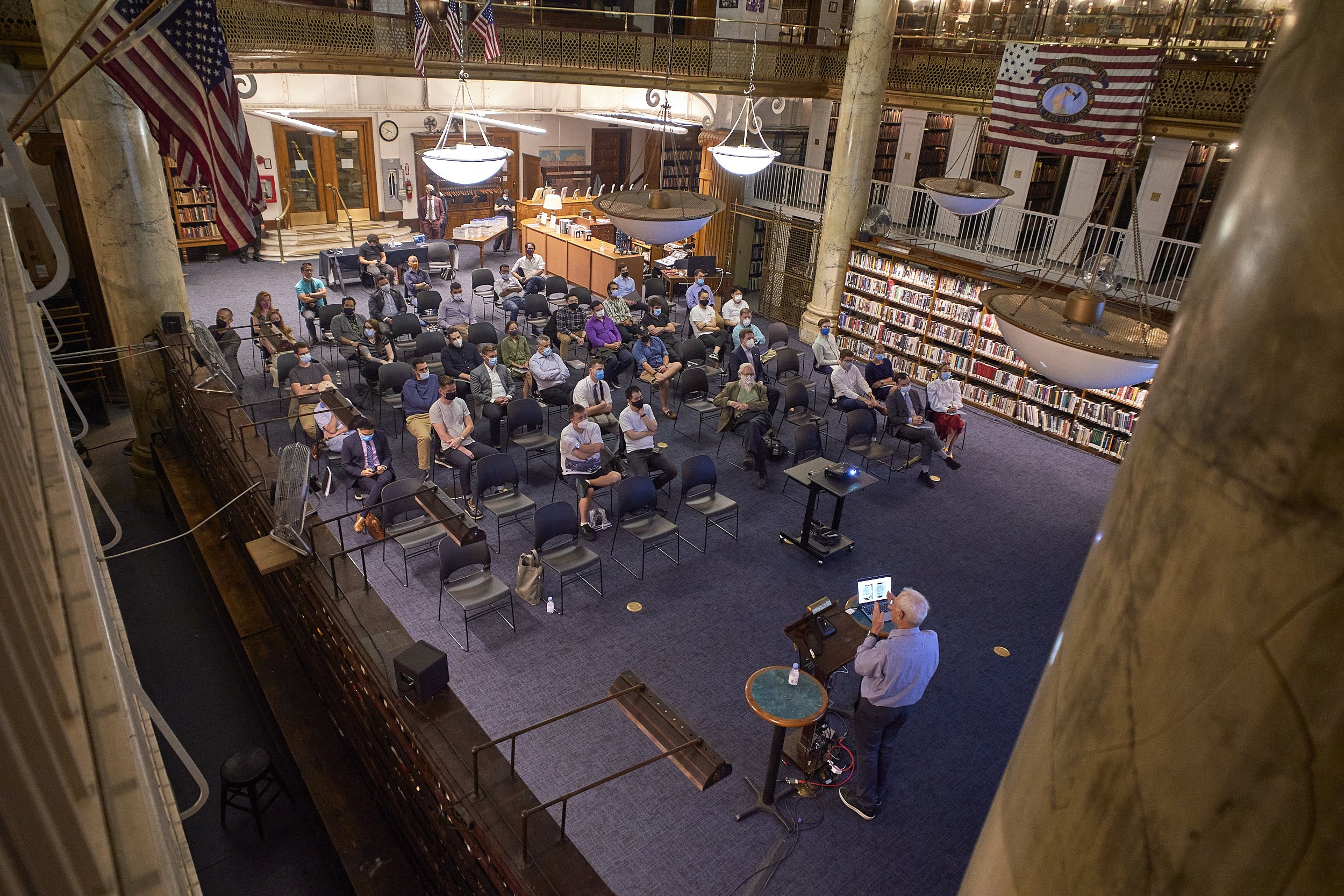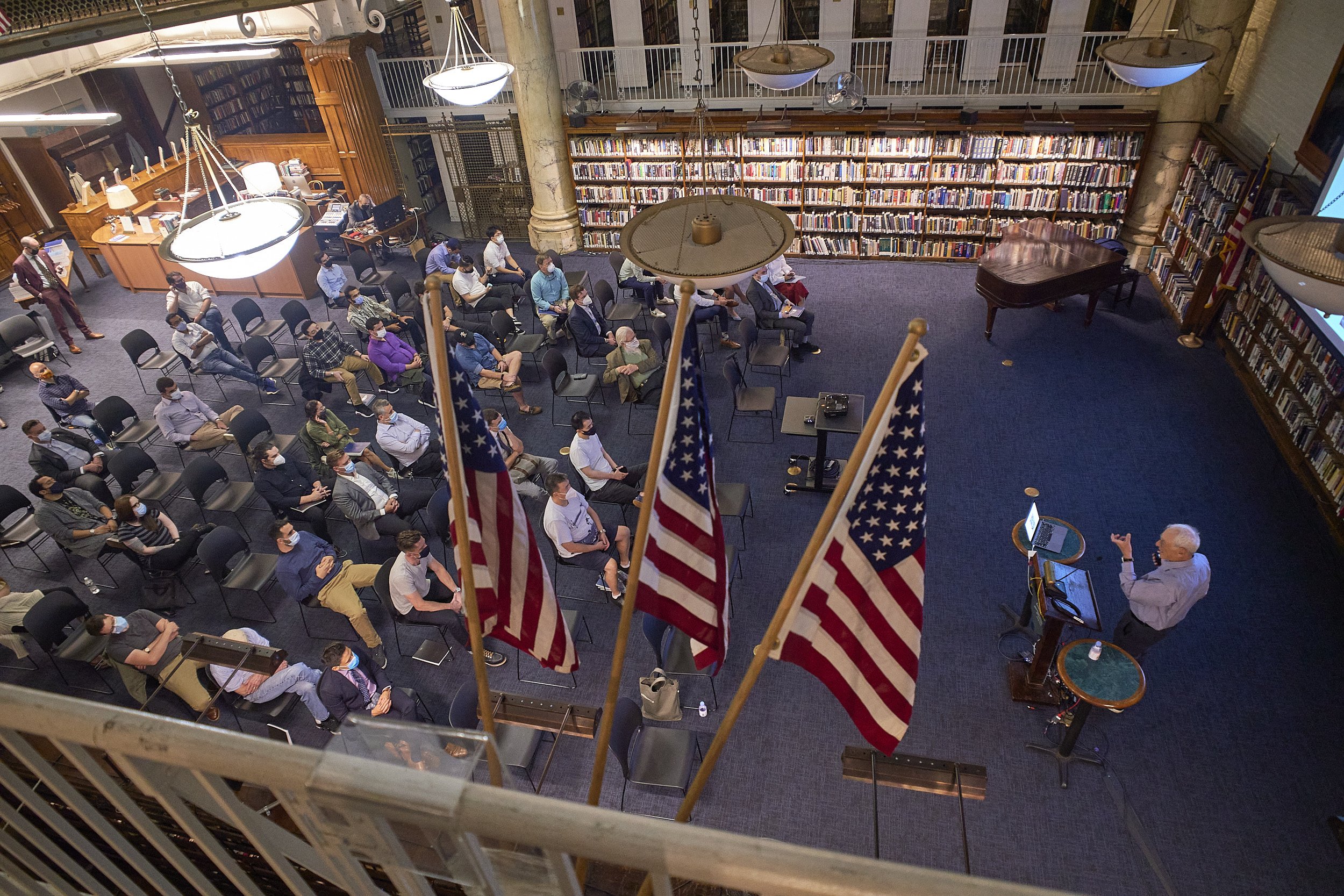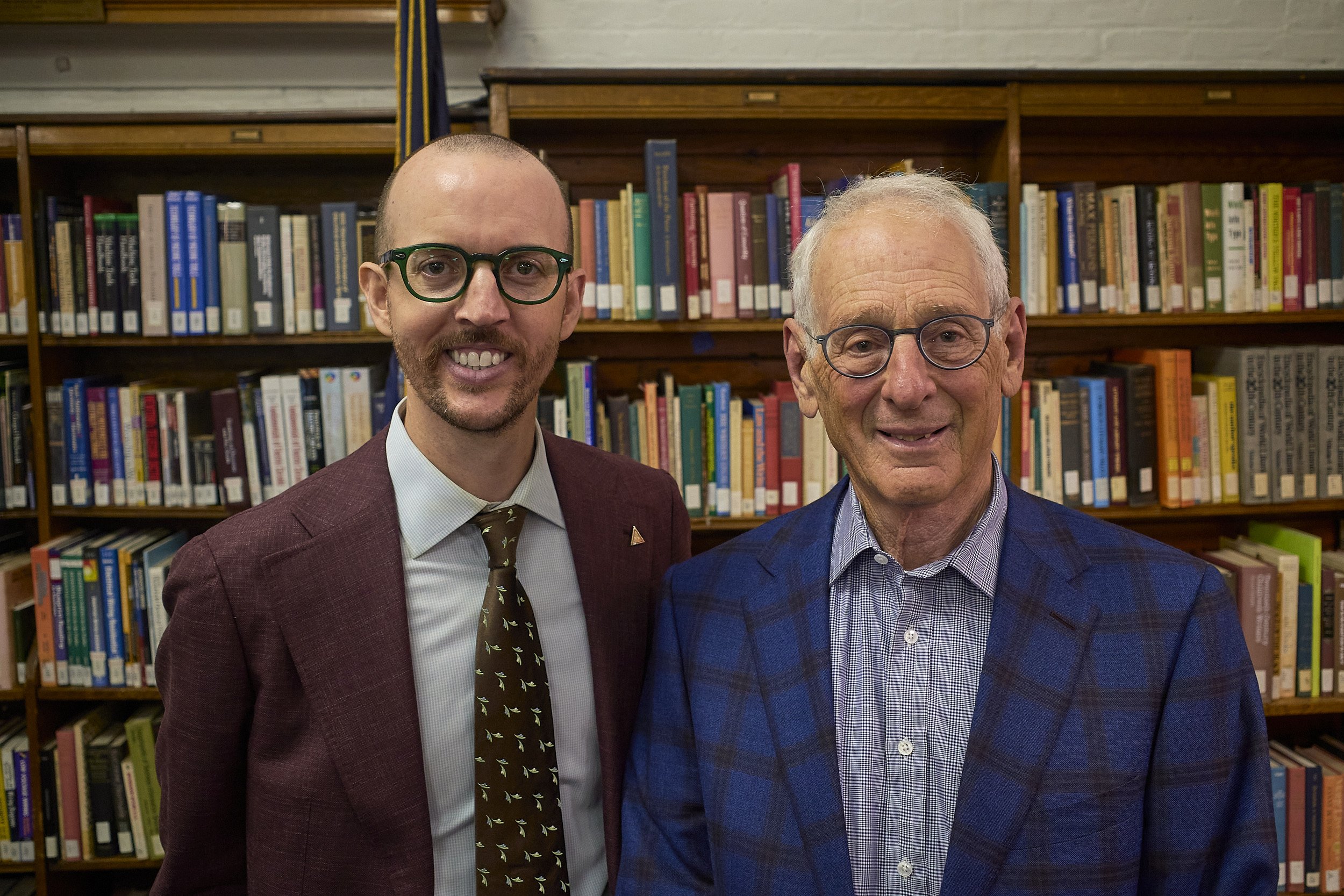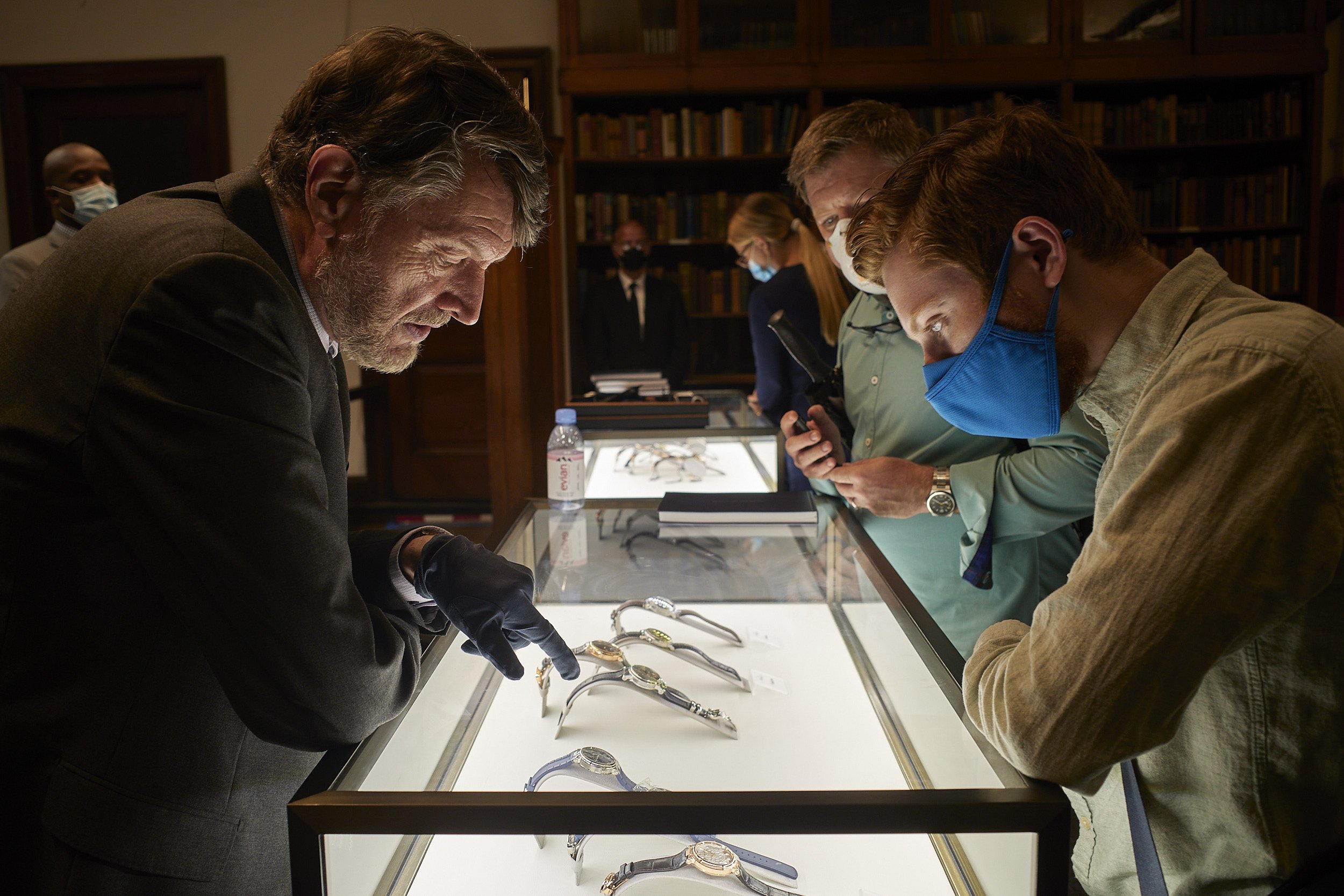NEW YORK — February 8, 2022
The Horological Society of New York (HSNY) announces Swiss luxury watchmaker Manufacture Romain Gauthier has joined as a sponsor.
In January 2022, Mr. Gauthier was appointed to HSNY’s board of Trustees as one of its first international voices. Now, his eponymous manufacturer further supports the Society’s mission to advance the art and science of horology. With Manufacture Romain Gauthier’s sponsorship, America’s first watchmaking guild is able to expand its educational curriculum, provide new financial aid opportunities to watchmaking students, and more.
“My vision of watchmaking is reflected in my creations which highlight the evolution of tradition,” said Gauthier. “Much like HSNY continues to evolve throughout its 156-year existence, evolution requires to respect and preserve the know-how left by the previous generations, and it is our responsibility to continue to transmit the evolution of this heritage in the 21st century for the next generations.”
HSNY welcomes Manufacture Romain Gauthier and thanks them for their incredible support!
# # #
ABOUT MANUFACTURE ROMAIN GAUTHIER SA
Founded in 2005, Manufacture Romain Gauthier is a high-end watch brand based in the Vallée de Joux, Switzerland, led by its passionate founder Romain Gauthier. Romain marries the know-how that he has developed living, studying and working in this picturesque valley – the heart of fine Swiss watchmaking – with a no-compromise approach to haute horlogerie to create exceptional timepieces.
These timepieces have been hailed for their eye-catching designs, innovative in-house movements and extremely high level of hand-finishing.
https://www.romaingauthier.com/
ABOUT THE HOROLOGICAL SOCIETY OF NEW YORK
Founded in 1866, the Horological Society of New York (HSNY) is one of the oldest continuously operating horological associations in the world. Today, HSNY is a 501(c)(3) nonprofit organization dedicated to advancing the art and science of horology through education. Members are a diverse mix of watchmakers, clockmakers, executives, journalists, auctioneers, historians, salespeople and collectors, reflecting the rich nature of horology in New York City and around the world.





